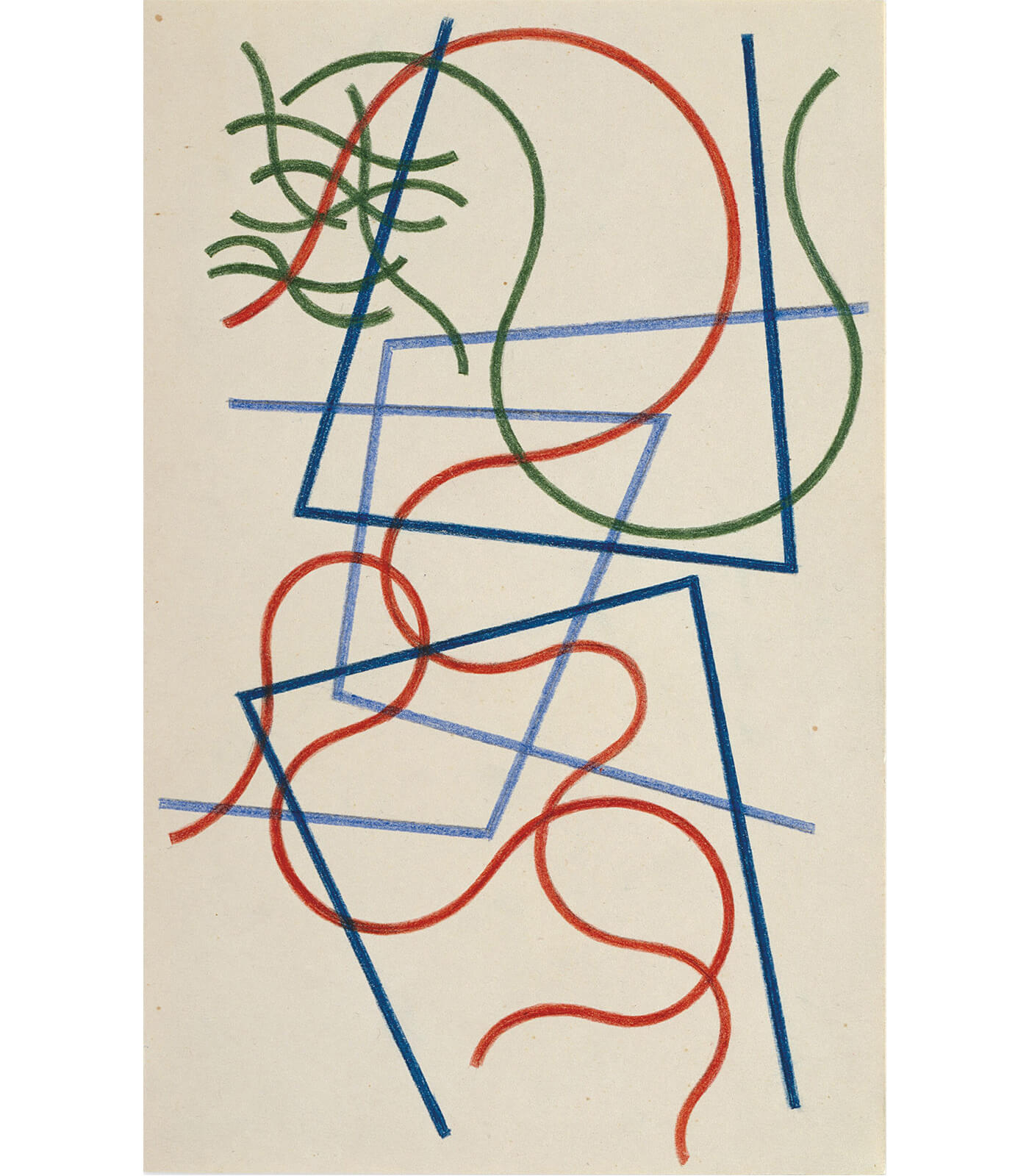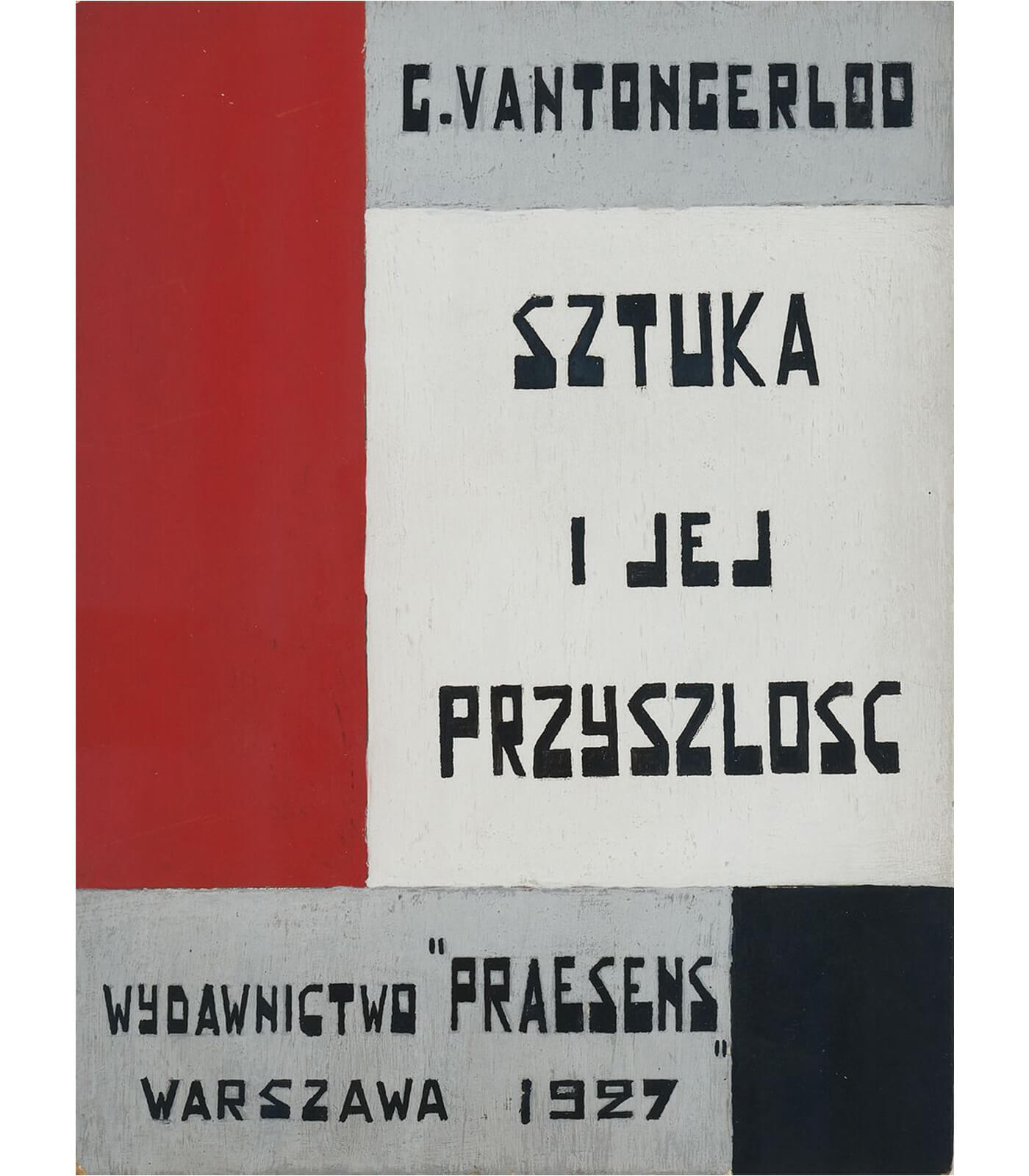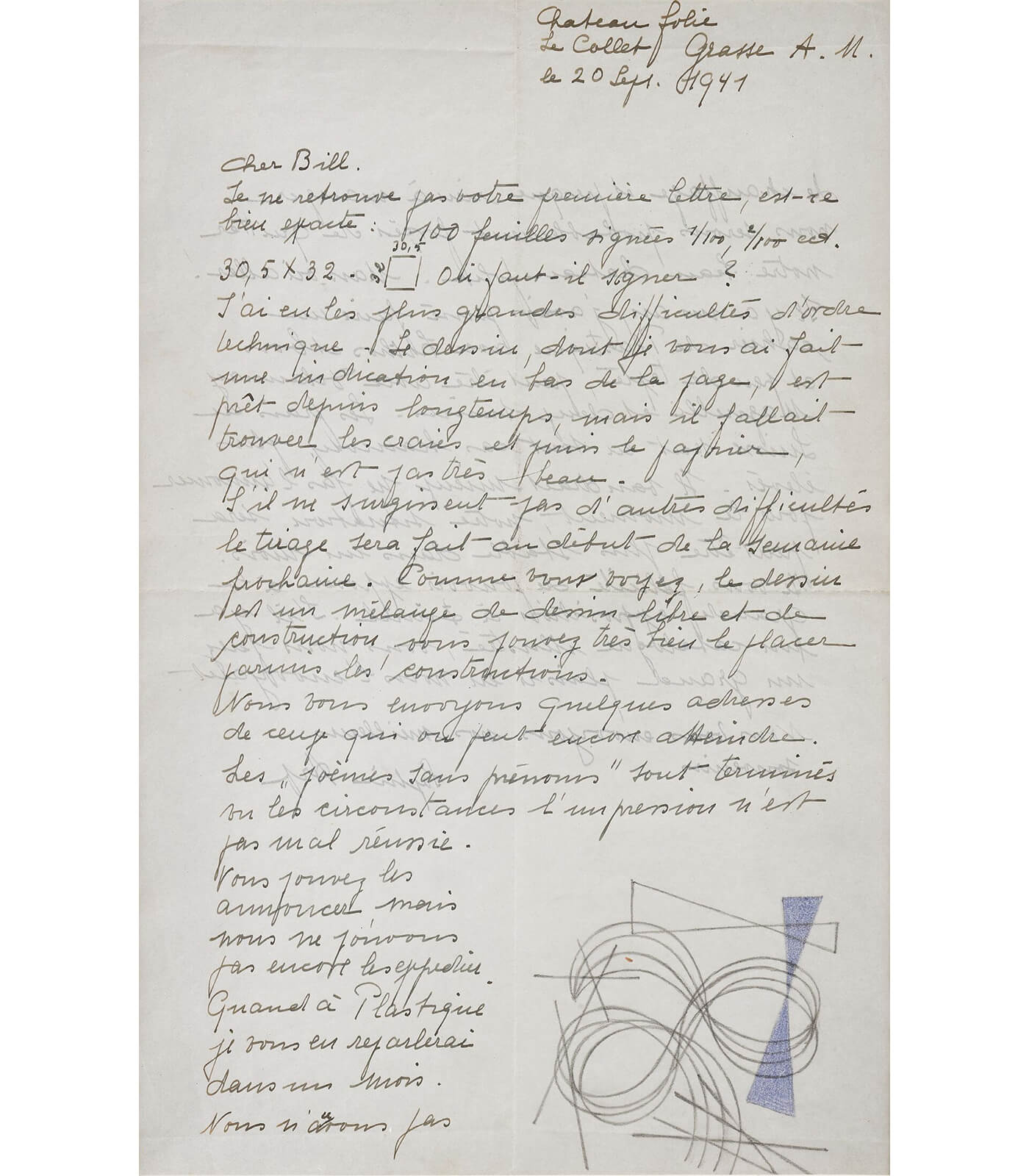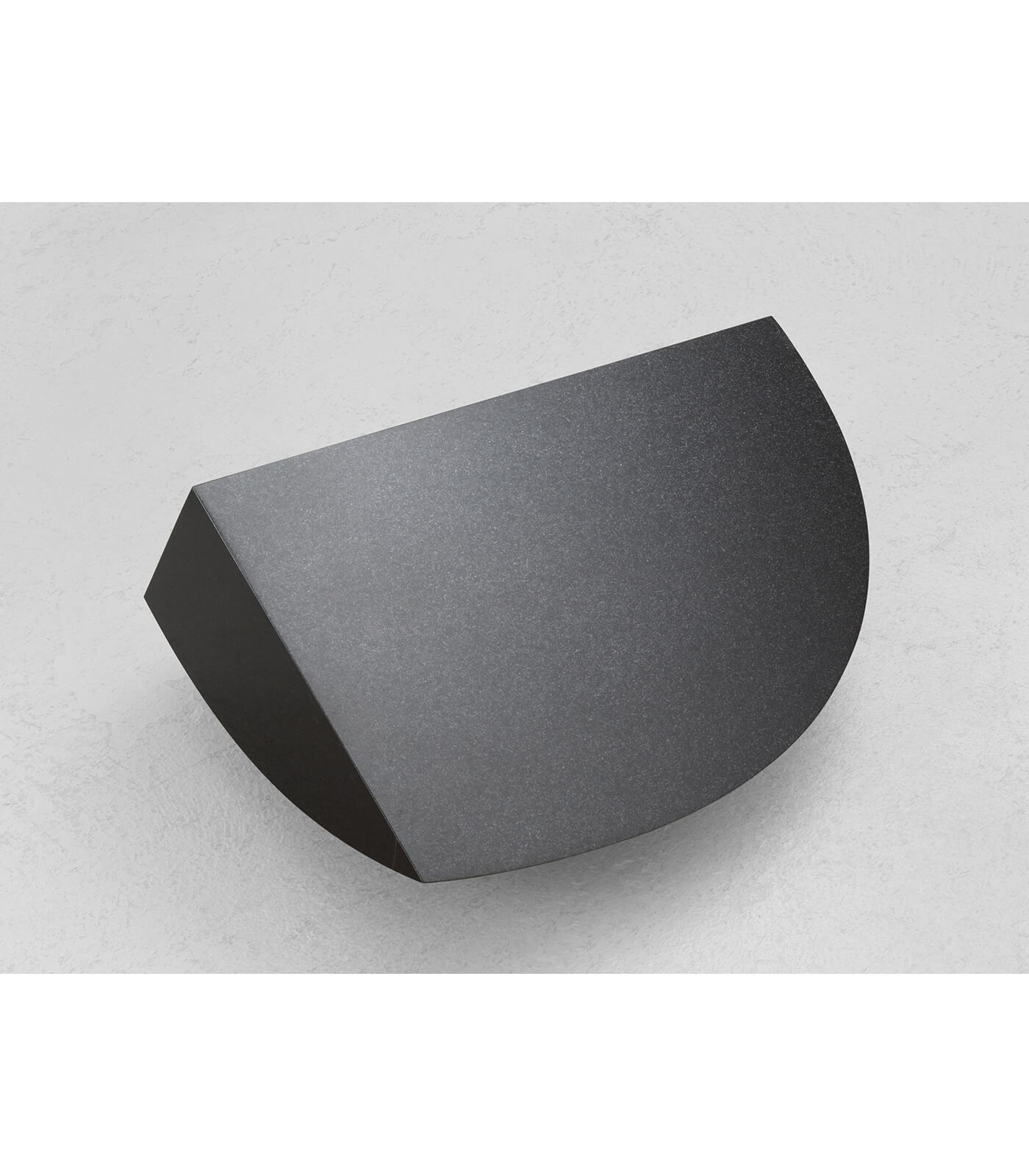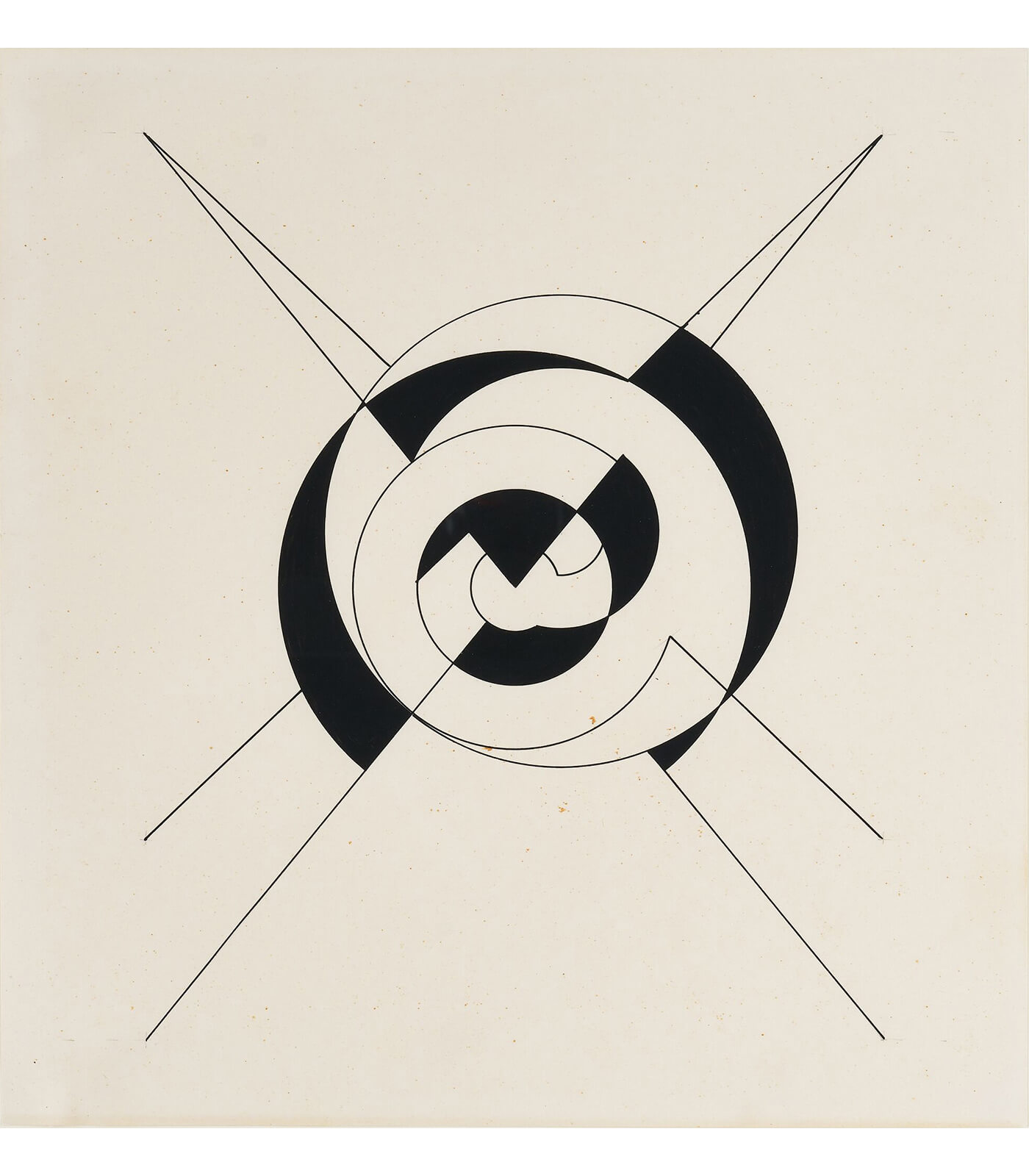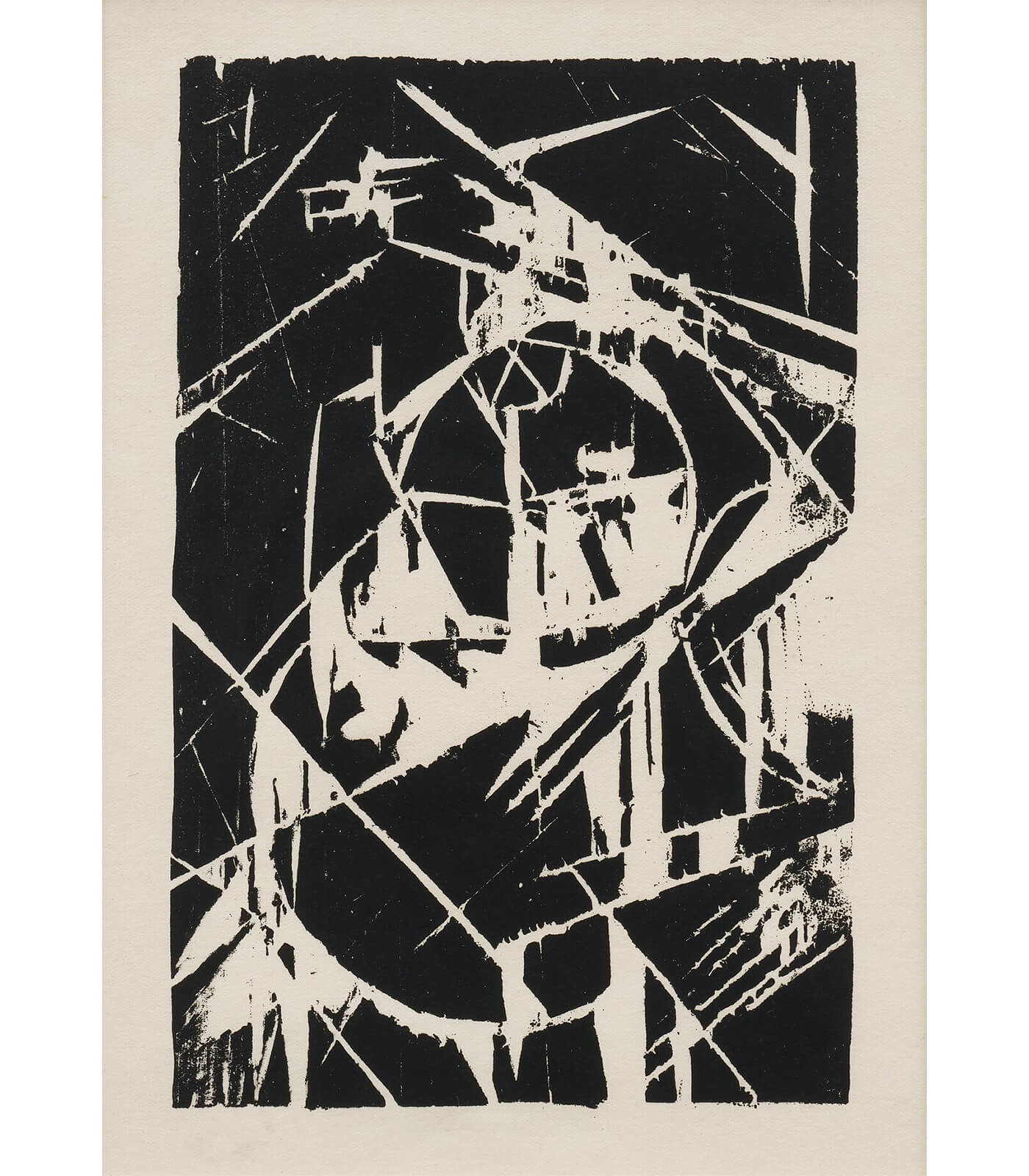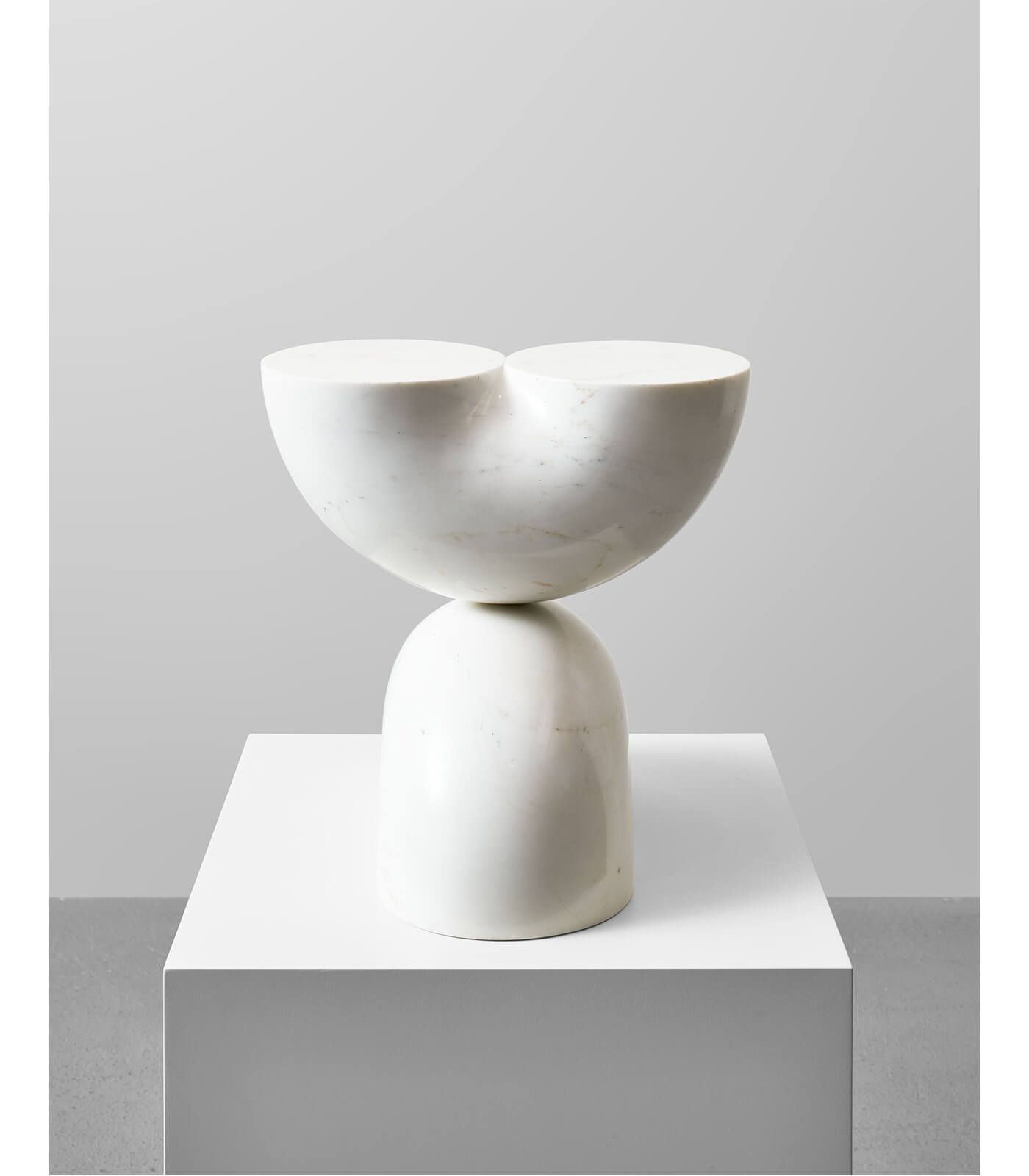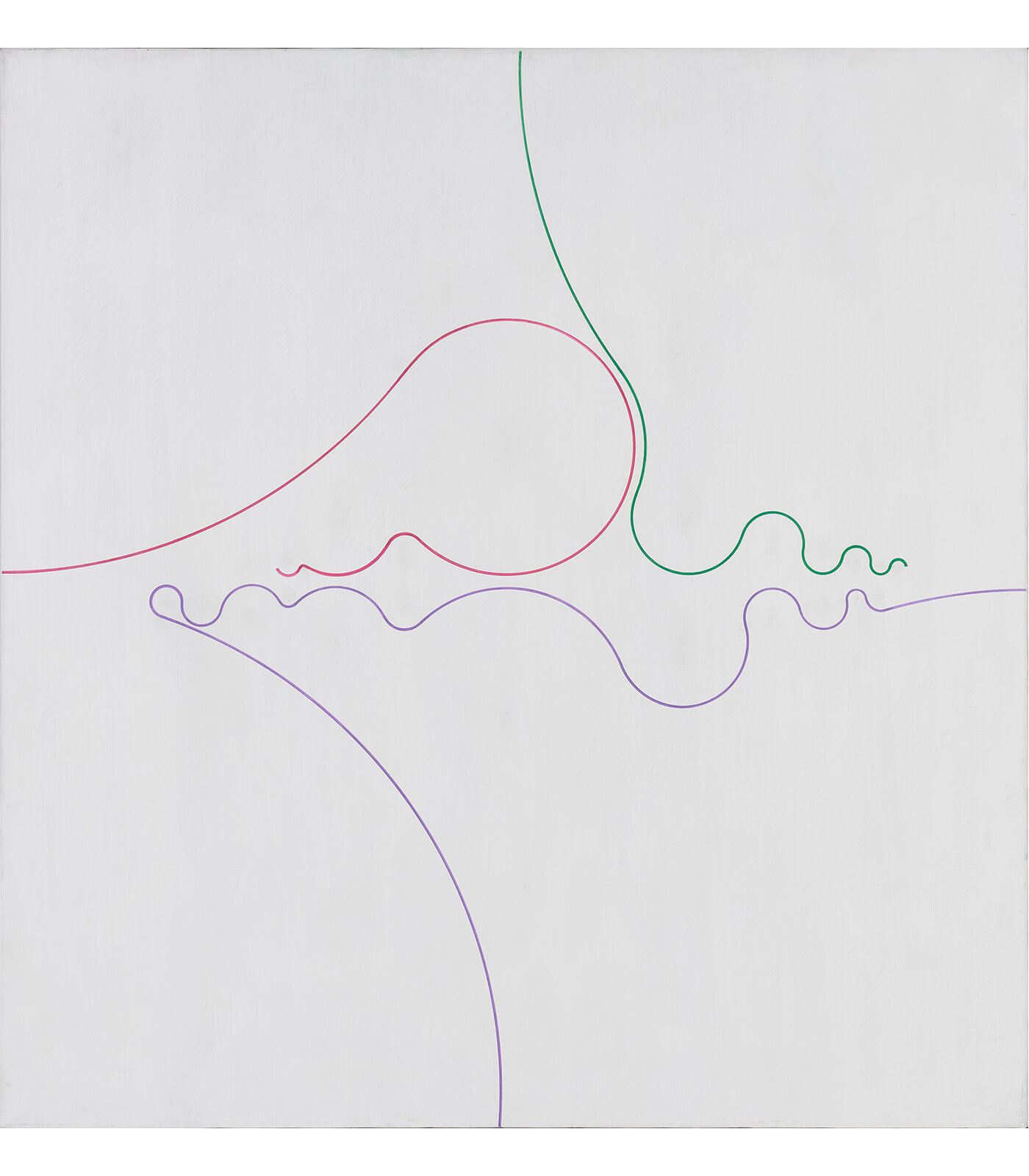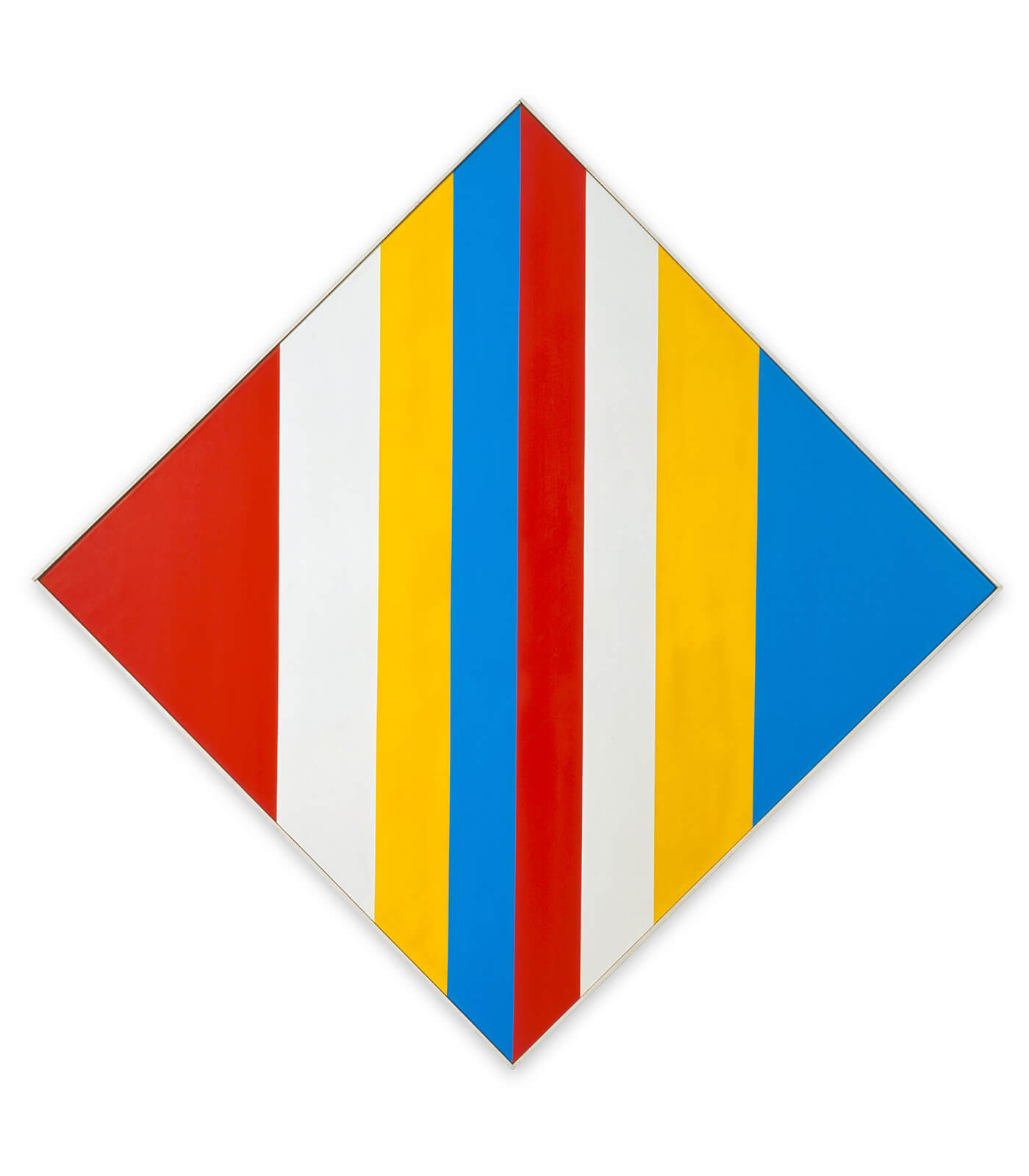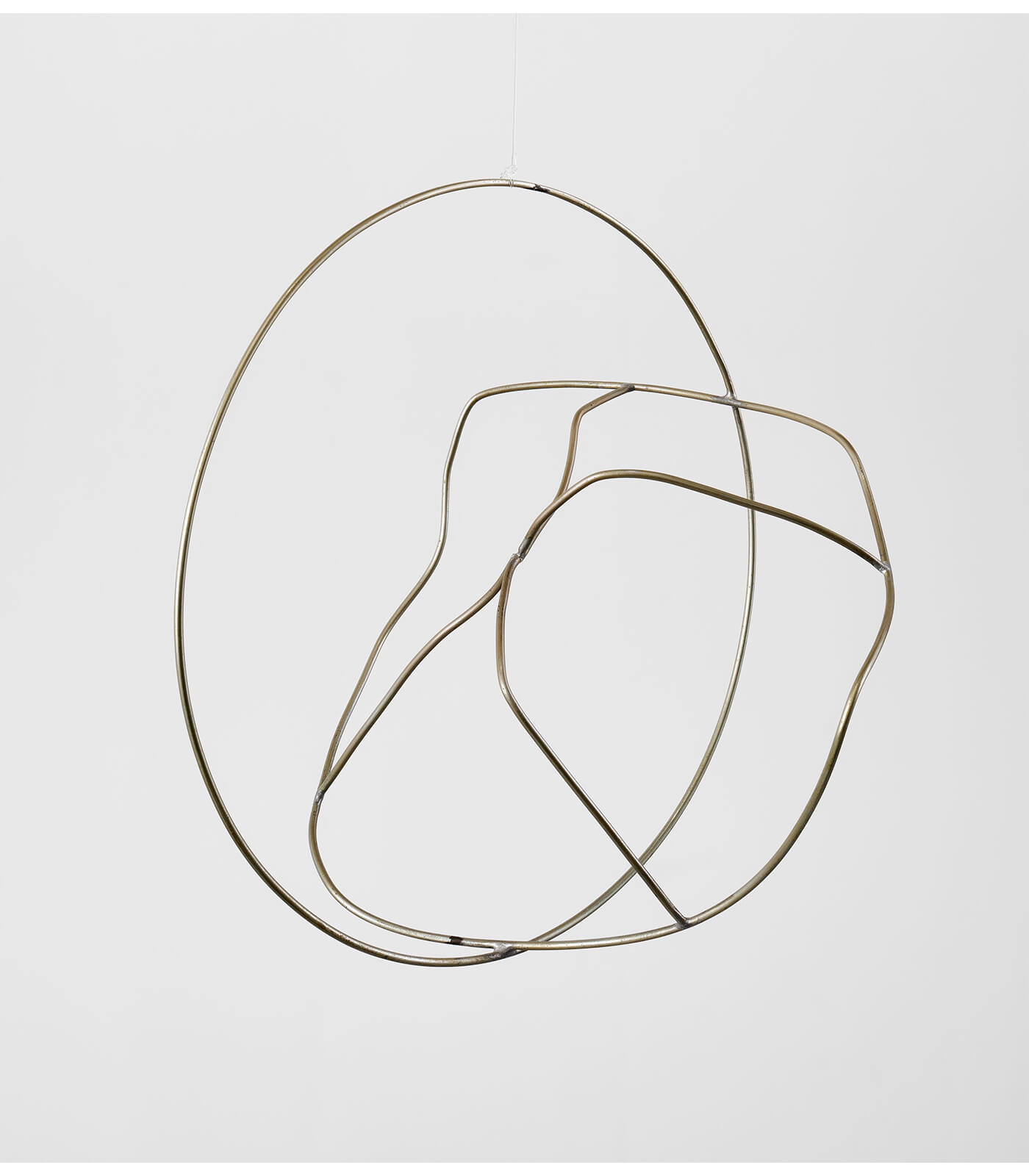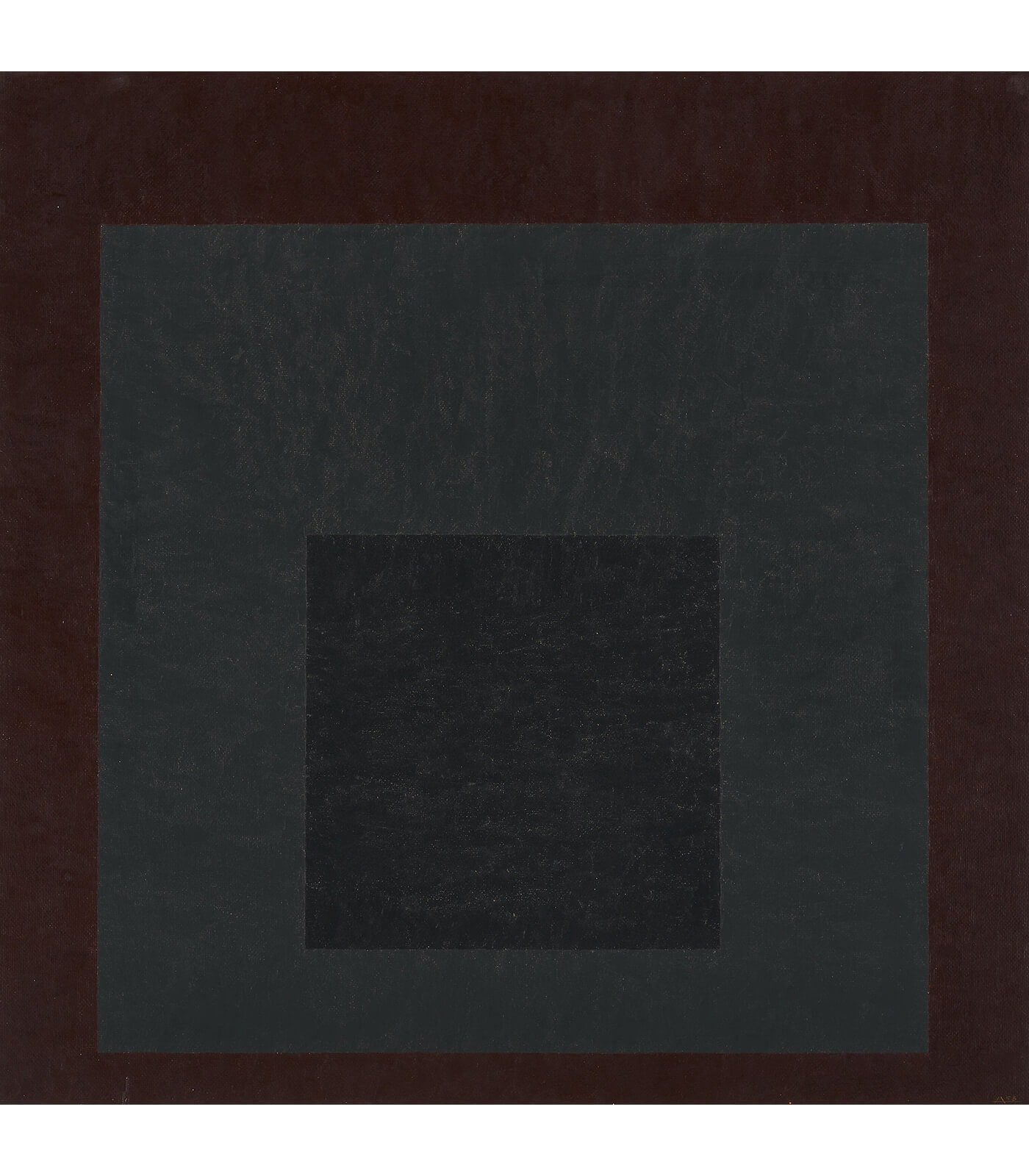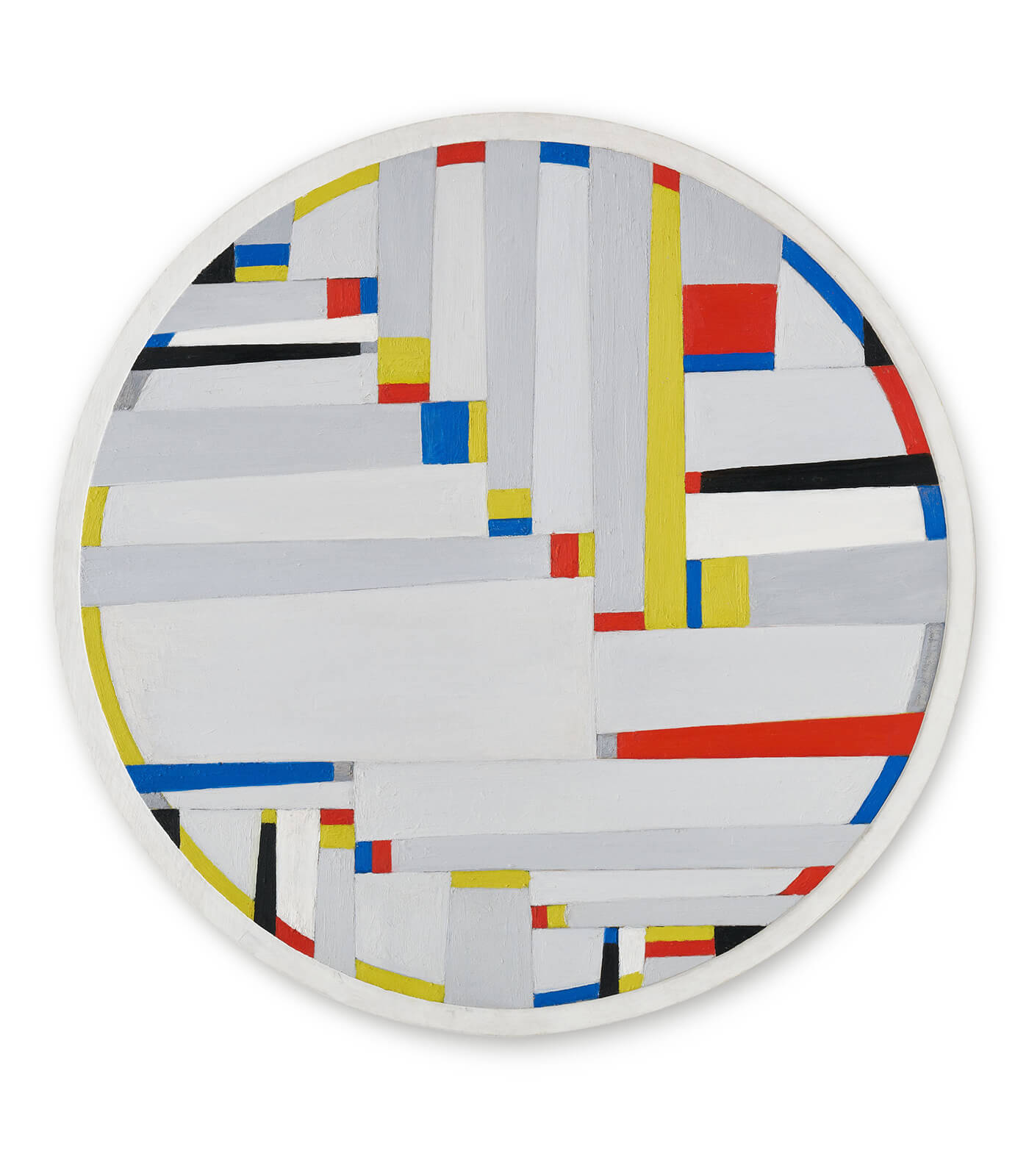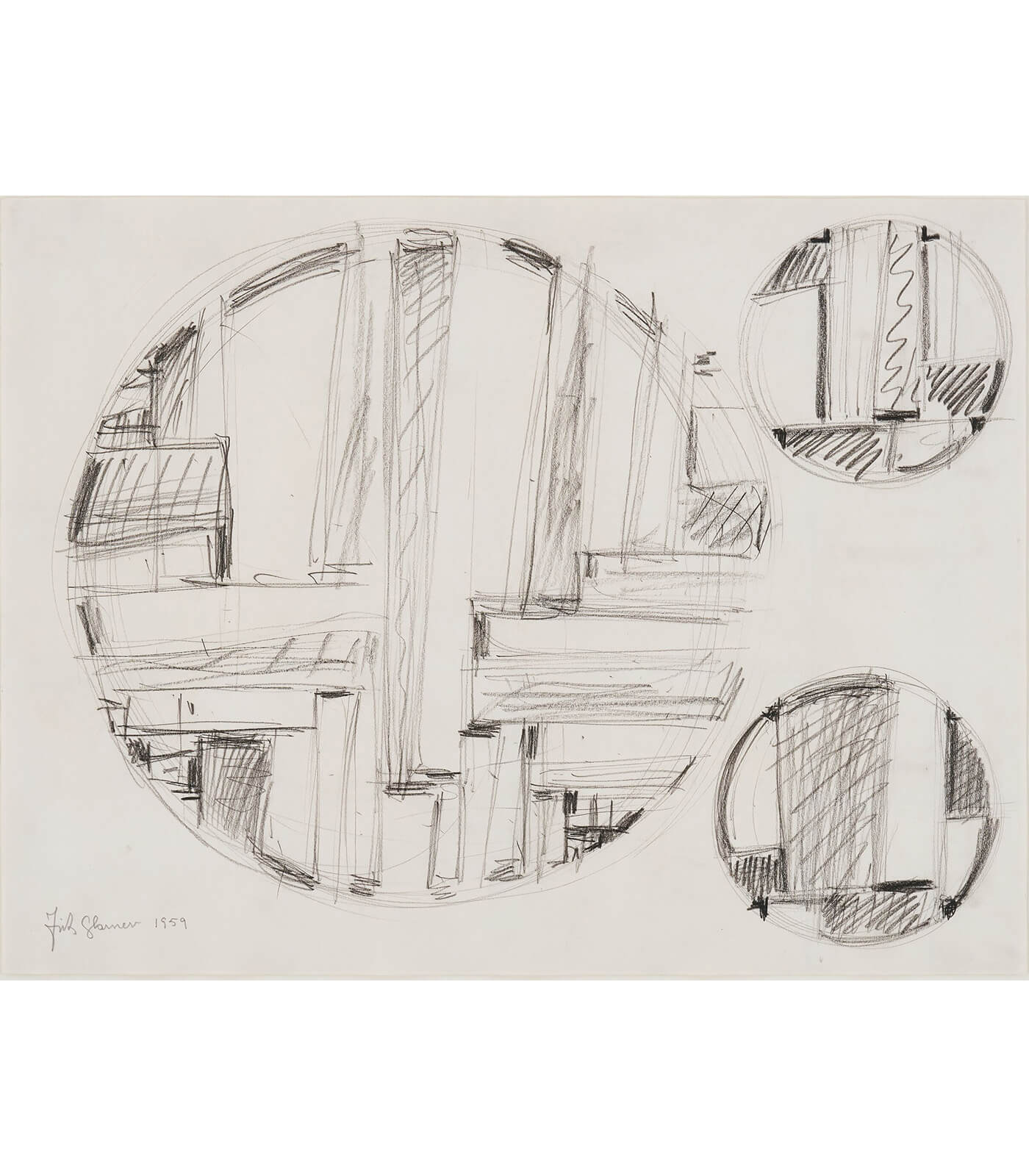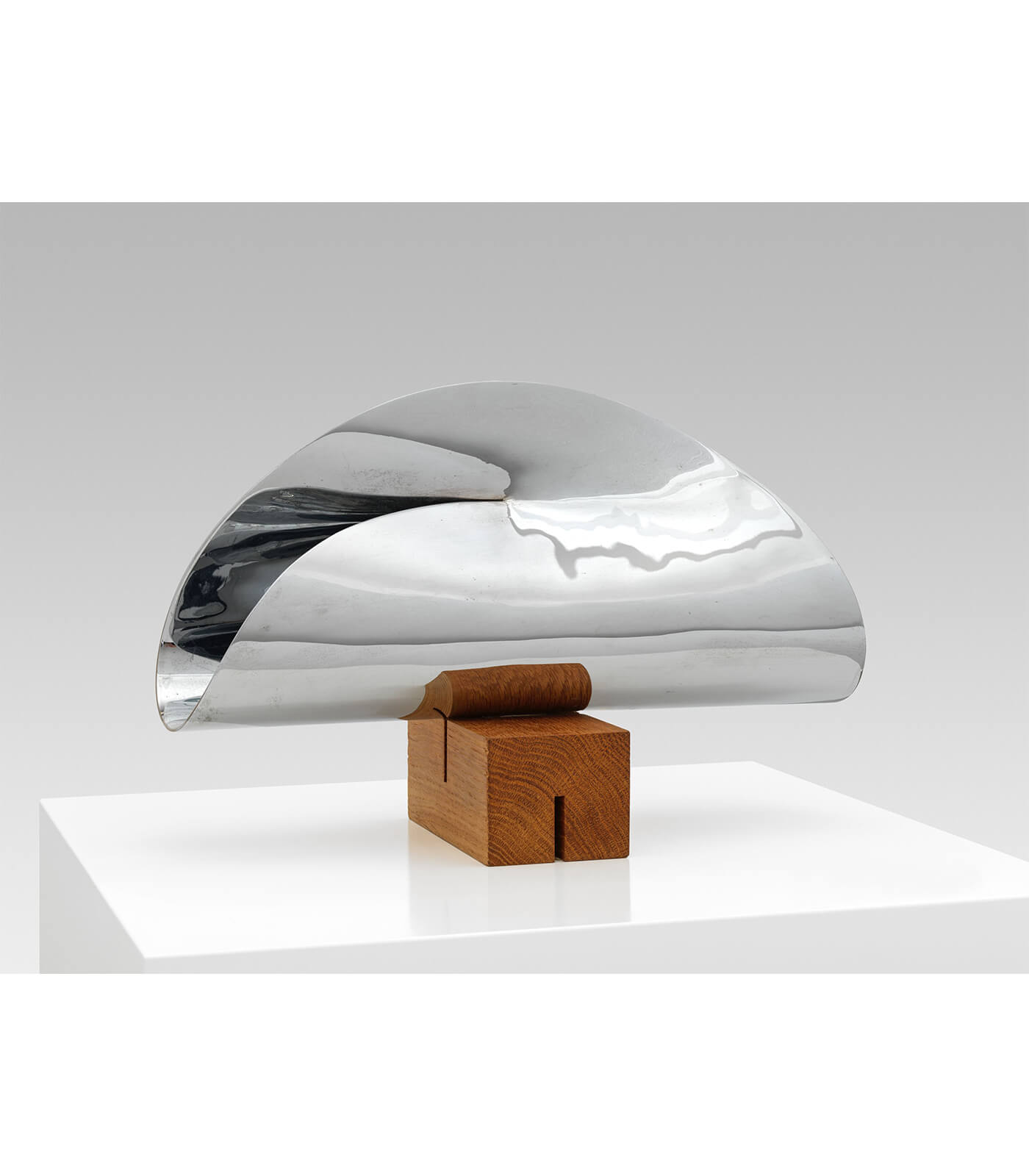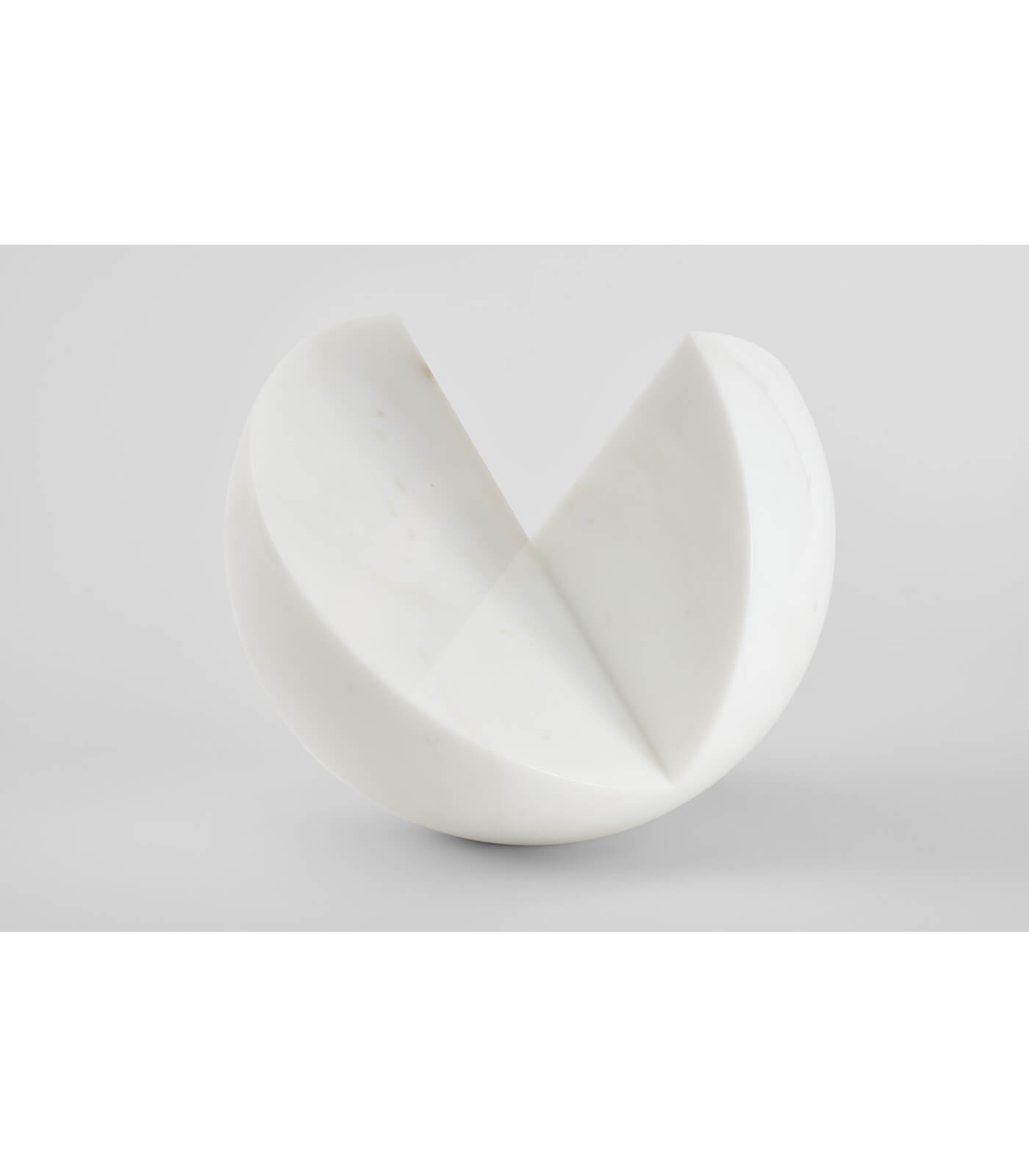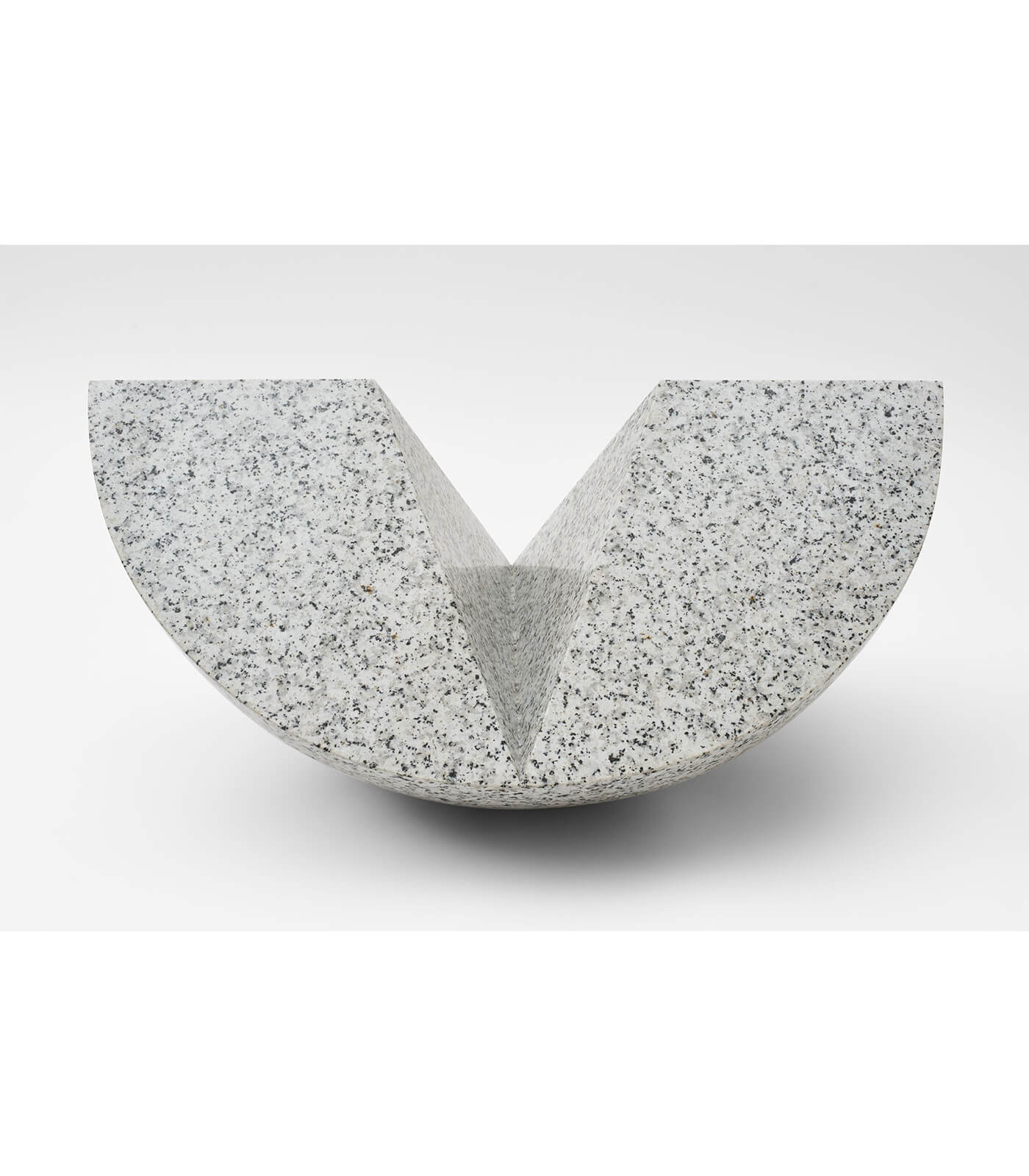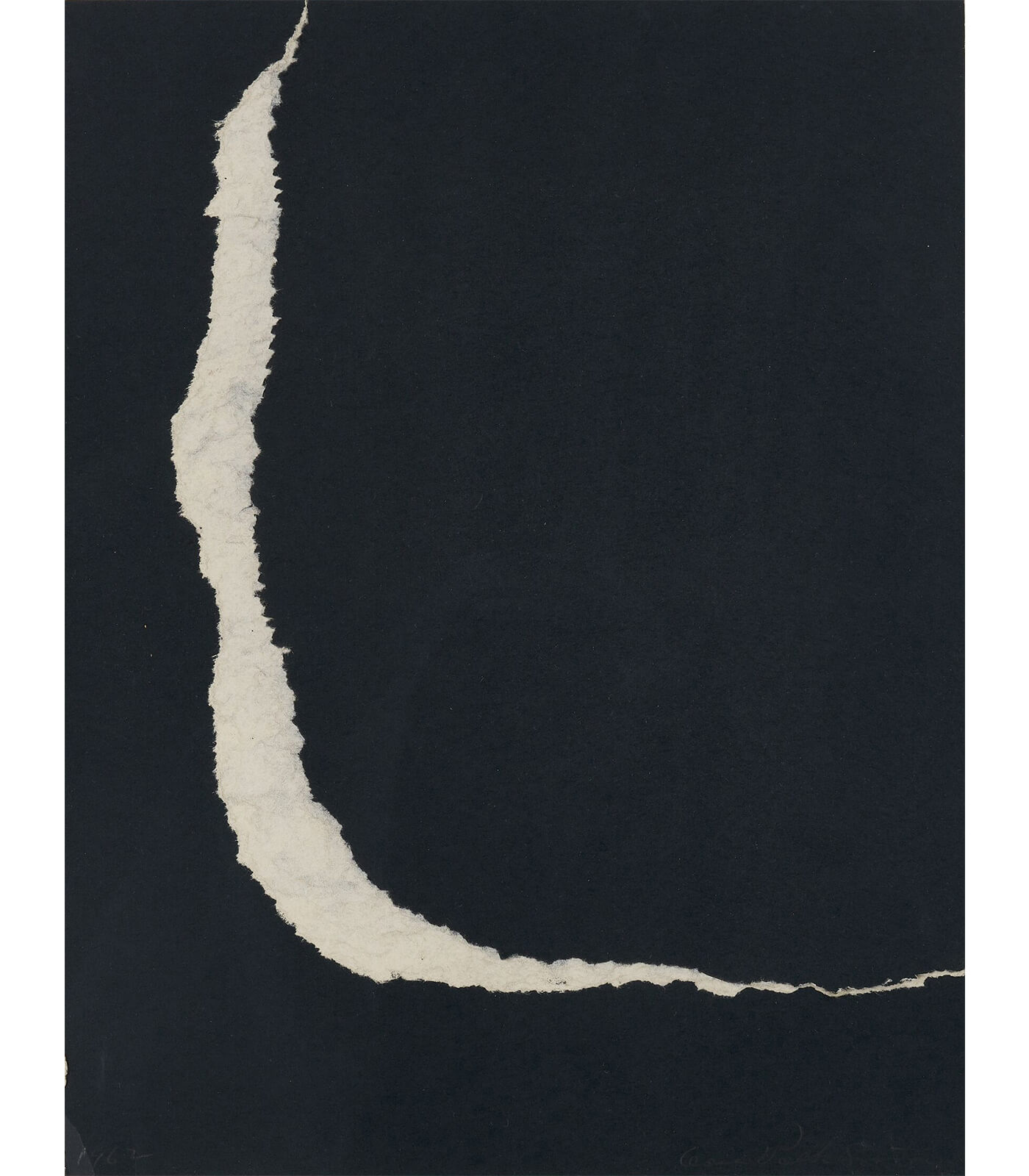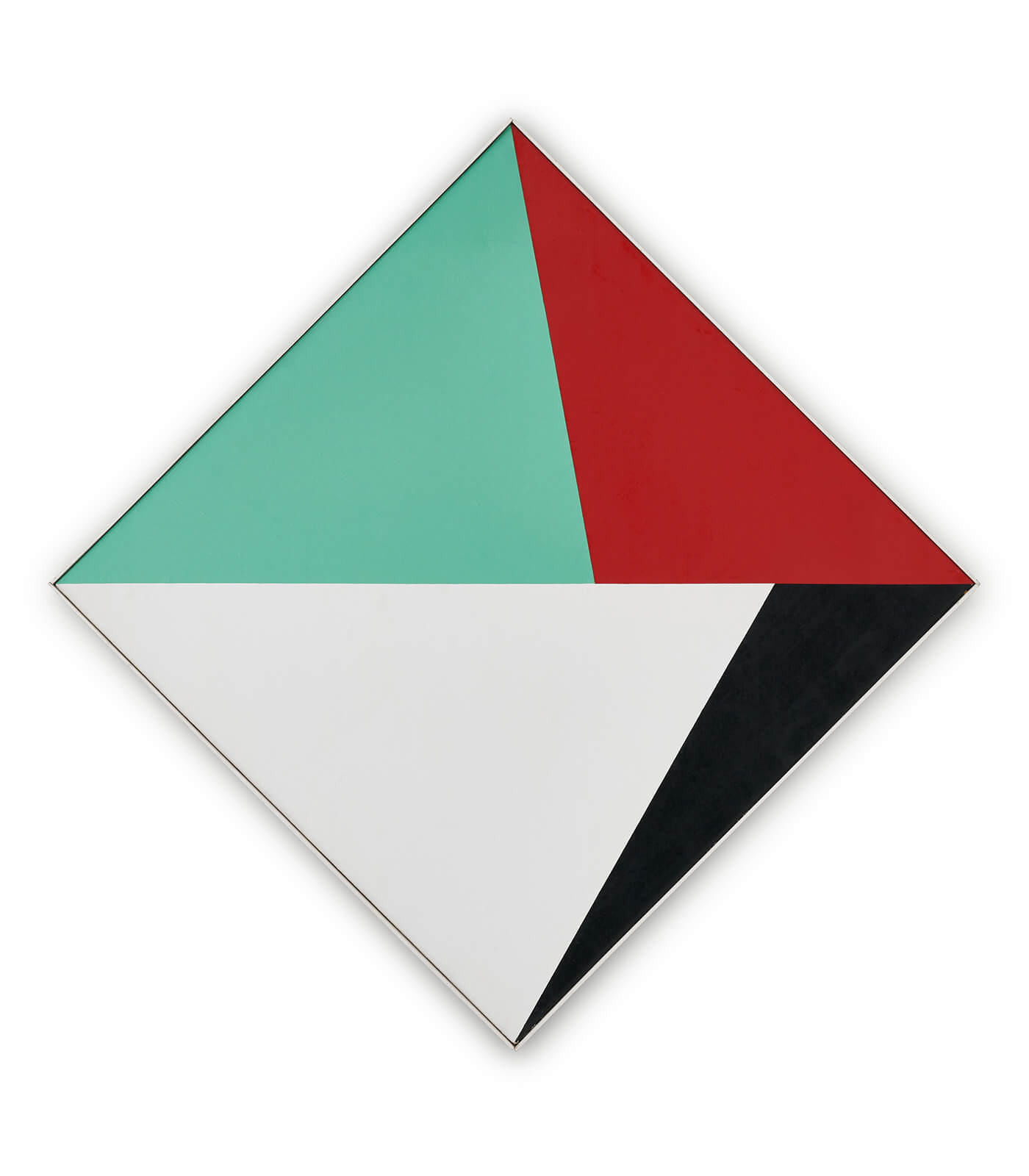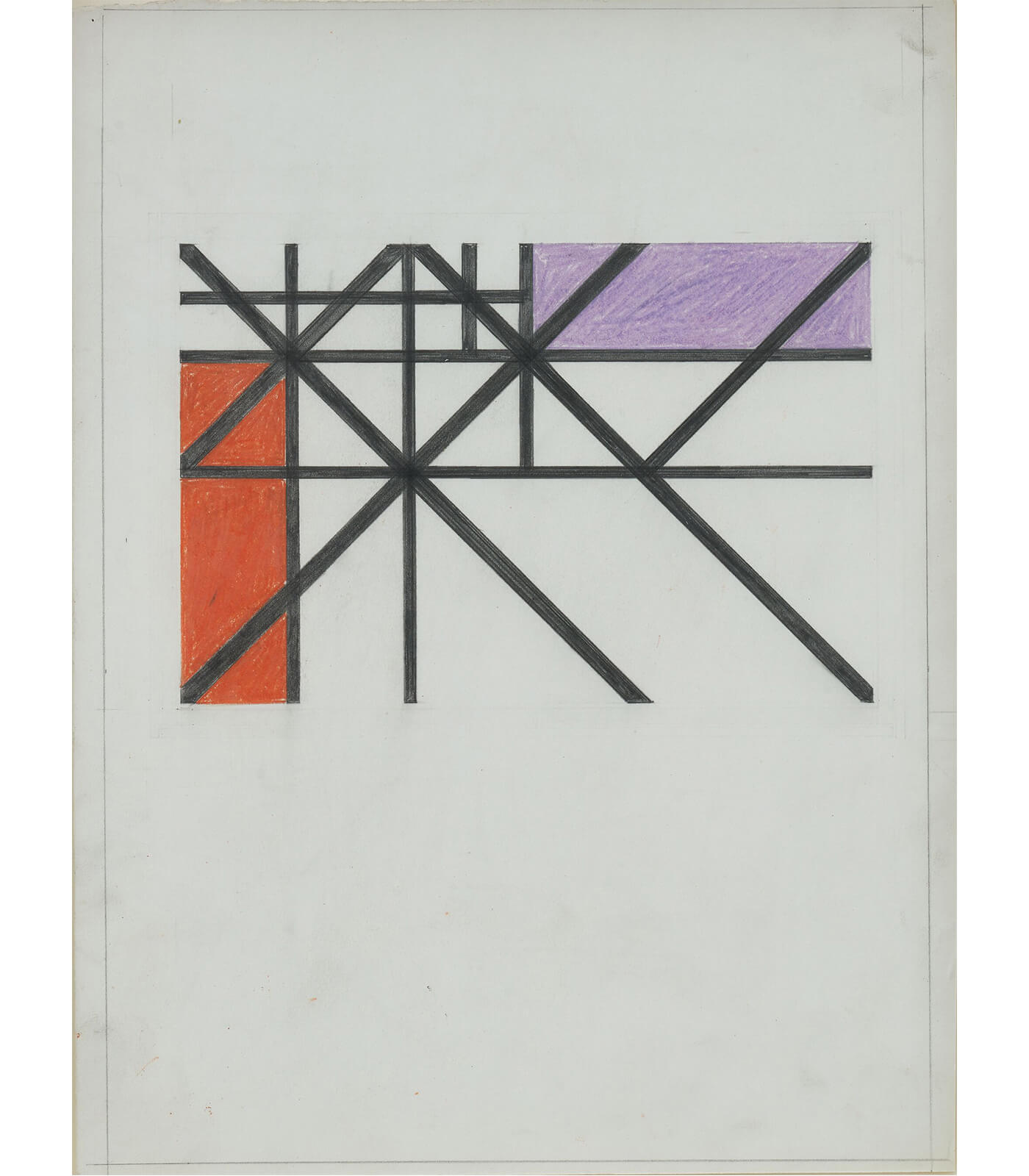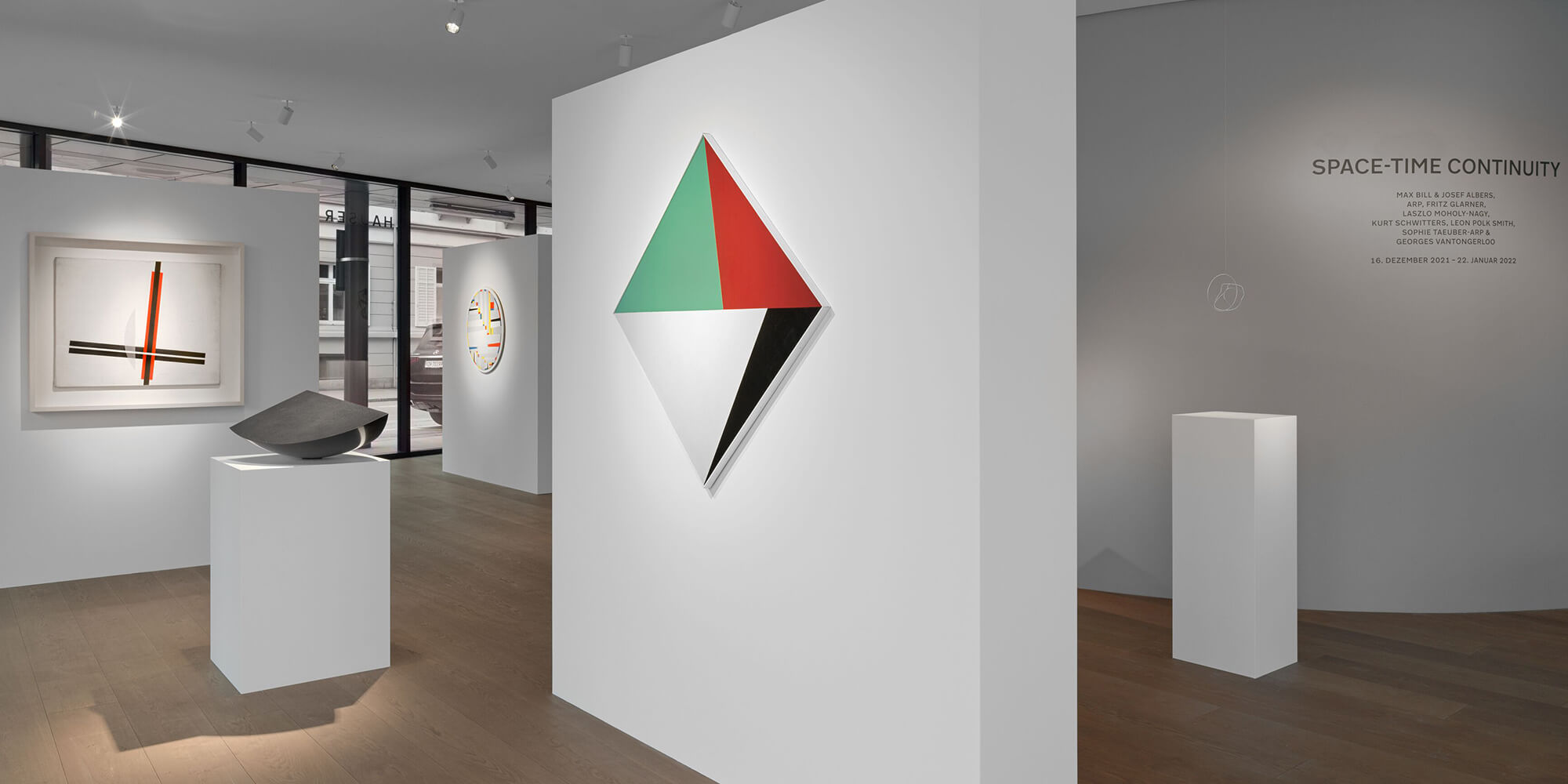
Max Bill
space-time continuity
16 December 2021 – 22 January 2022
Zurich, Bahnhofstrasse 1
‘The art in question can, perhaps, best be defined as the building up of significant patterns from the ever-changing relations, rhythms and proportions of abstract forms, each one of which, having its own causality, is tantamount to a law unto itself. As such, it presents some analogy to mathematics…’—Max Bill (1949)
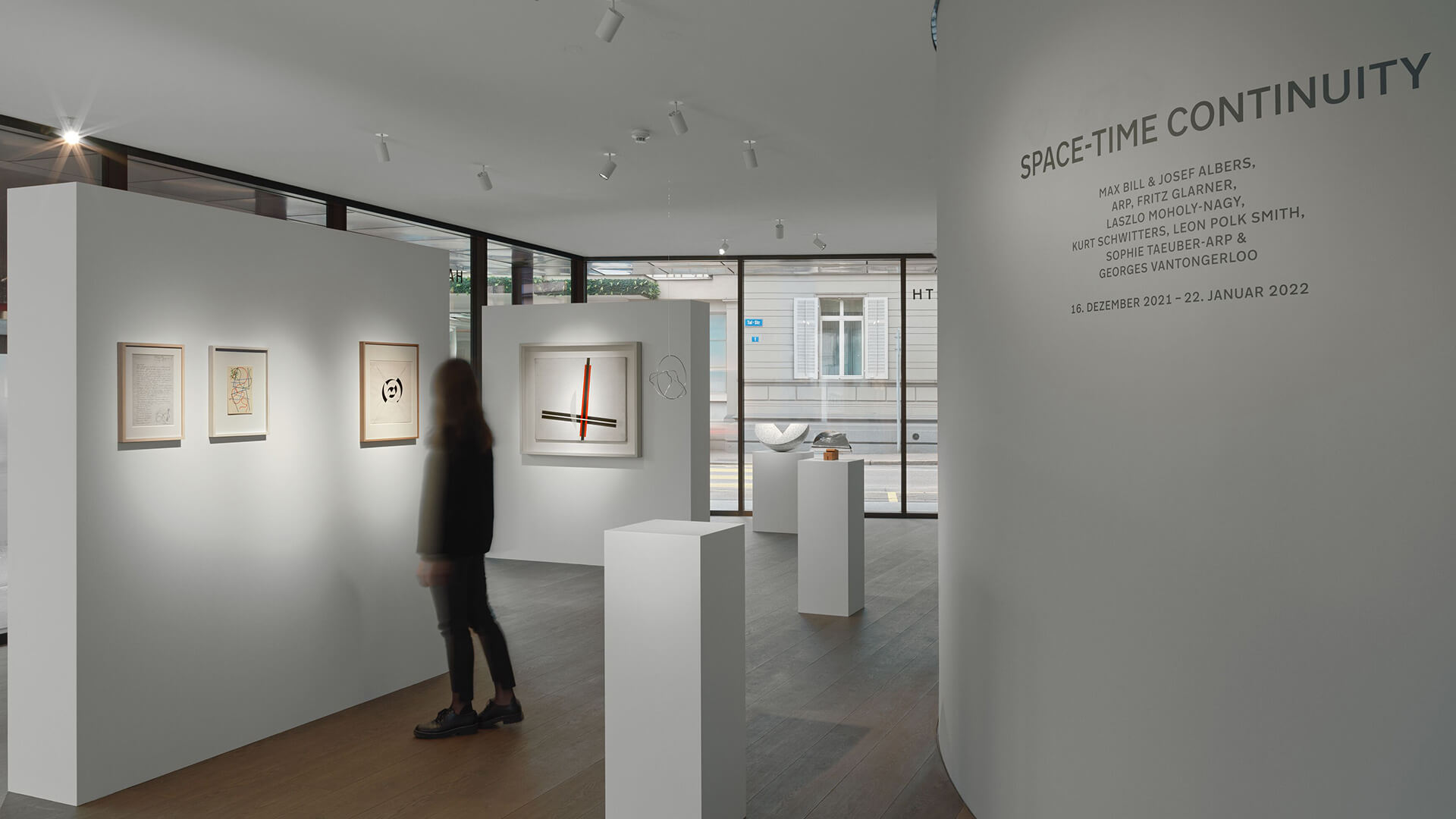
Explore the exhibition
This December, the exhibition ‘space-time continuity’ at the gallery’s new space on Bahnhofstrasse 1 will examine the dialogue between Max Bill, artist, designer, theorist, writer, curator and pedagogue, and a group of his contemporaries who explored a similar territory to his own art and ideas. Many of the works on display are from Max Bill’s private collection, indicating personal friendships as well as aesthetic exchanges.
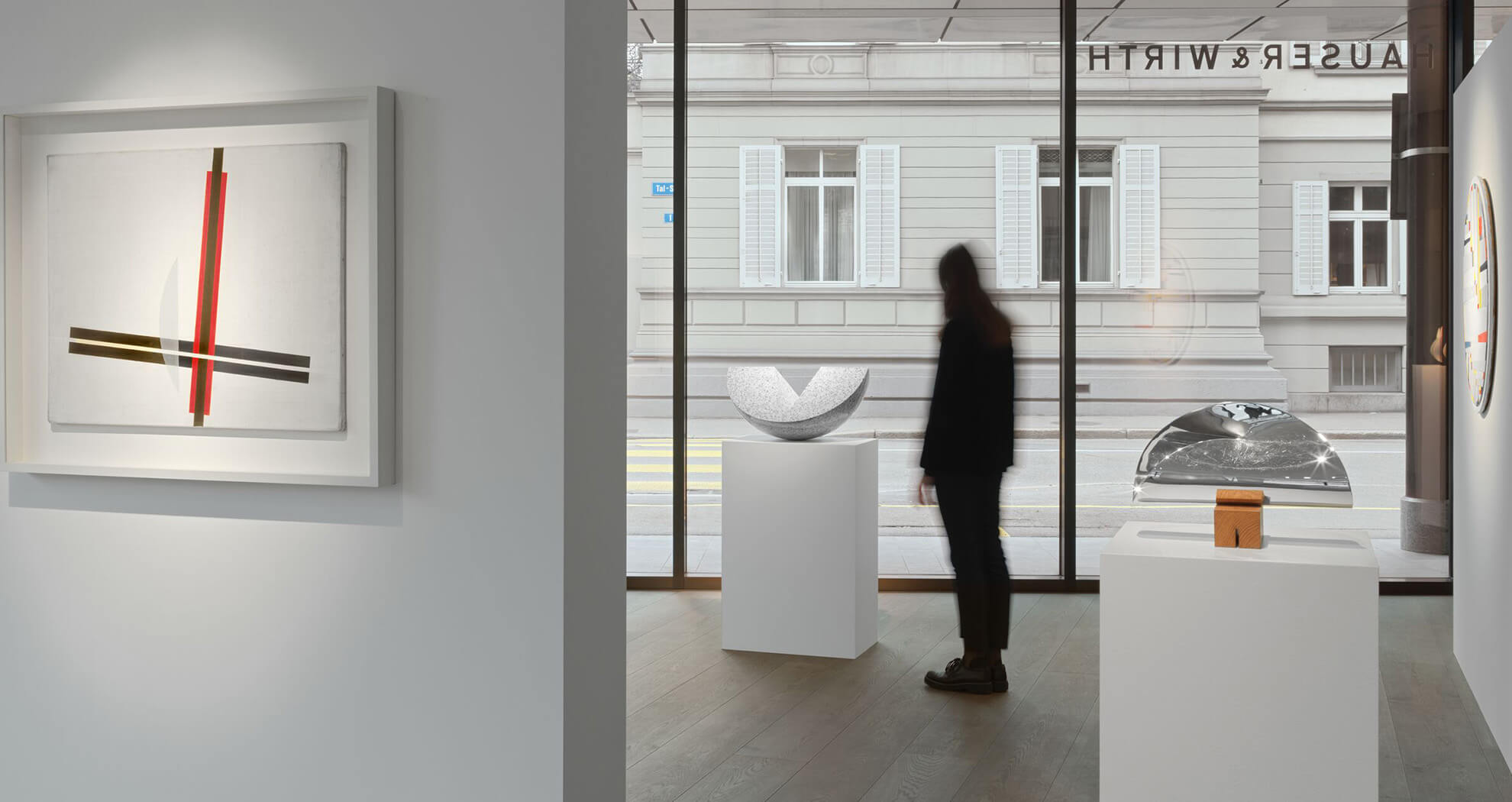
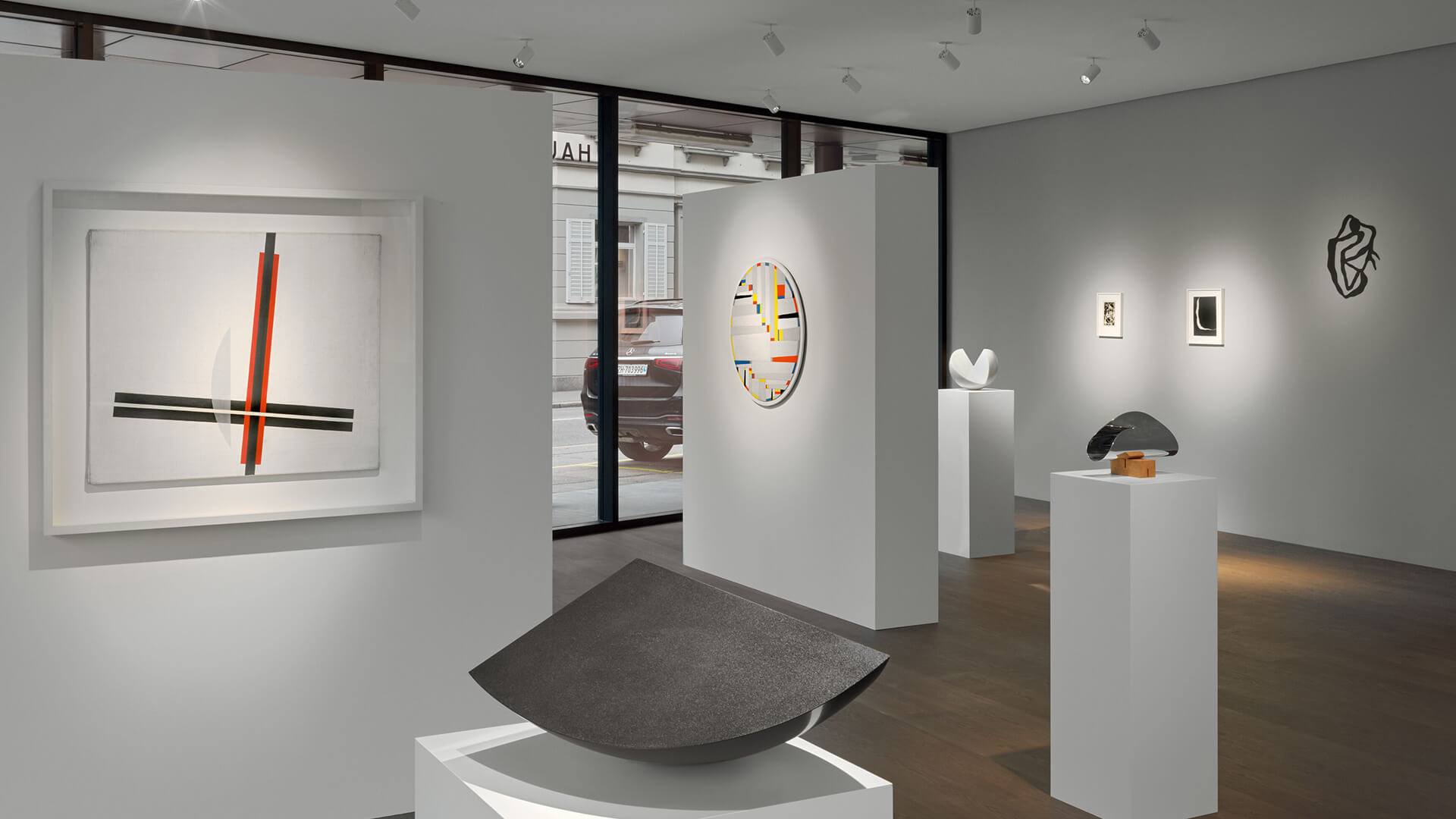
‘space-time continuity’ is a testament to Bill’s proximity with, and attentiveness to, his artist peers and shows how he was at the very centre of the conversation to develop a radical new art. The artists featured in this exhibition alongside Max Bill include Josef Albers, Hans Arp, László Moholy-Nagy, Kurt Schwitters, Fritz Glarner, Sophie Taeuber-Arp and Georges Vantongerloo amongst others.
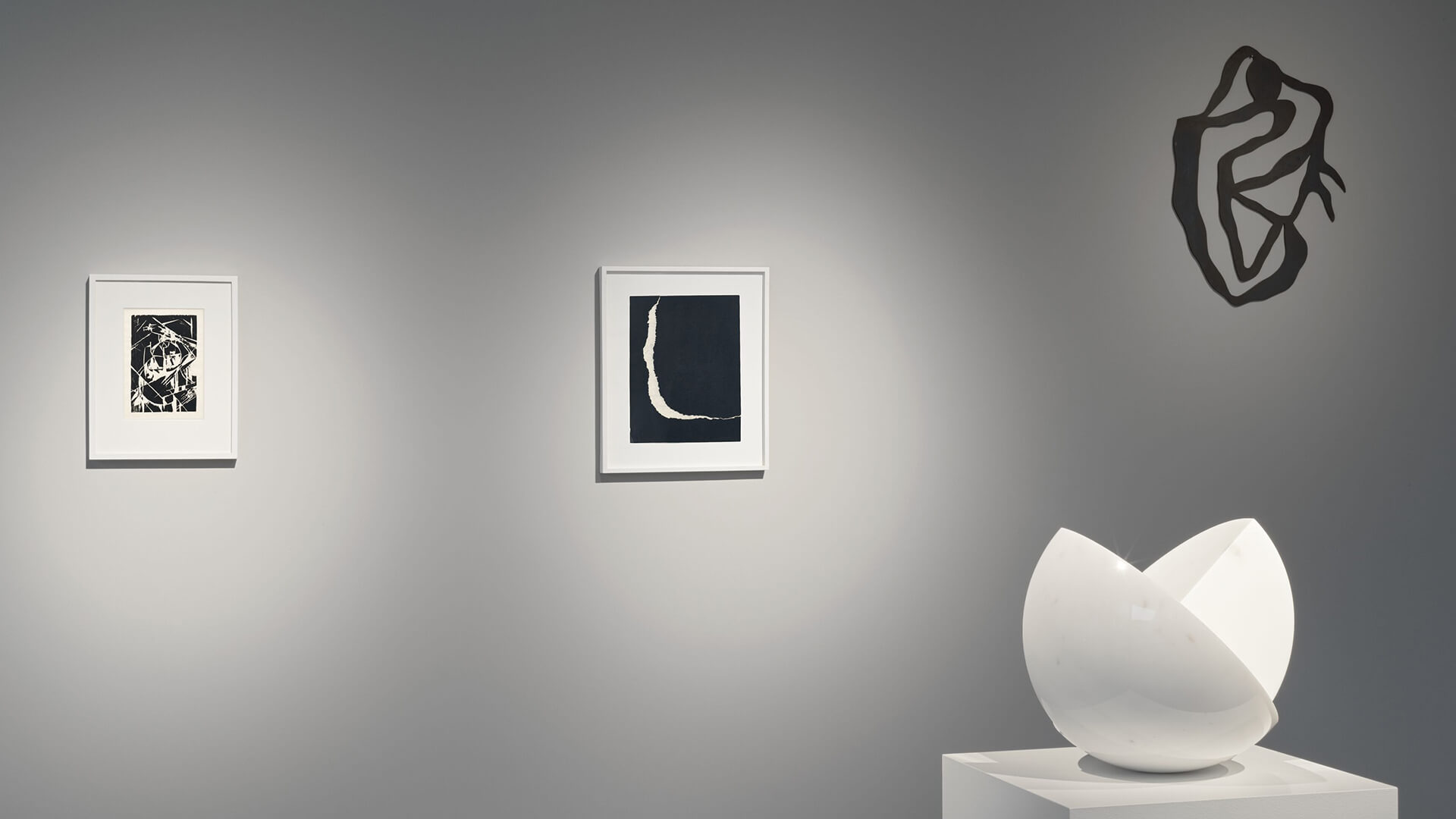
Max Bill’s contribution stems from the way we define and describe the art on view: the precise manner he approached the use of terms such as abstract, concrete, construction, non-objective; and the relationship between art, geometry, and mathematics. At the centre of the exhibition is an extraordinary, white marble sculpture by Bill, titled ‘konstruktion aus einem kreisring’ (Construction from a Ring) (1942), which is shown alongside two - and three dimensional works spanning from the 1940s to the 1970s, such as ‘drei linien’ (three lines) (1944-46) and ‘acht flächen gleicher grösse‘ (Eight Fields of Equal Surface) (1970-1971). The exhibition offers a way to understand Bill’s own consistent journey as an artist in the context of an ongoing aesthetic conversation and exploration of form.
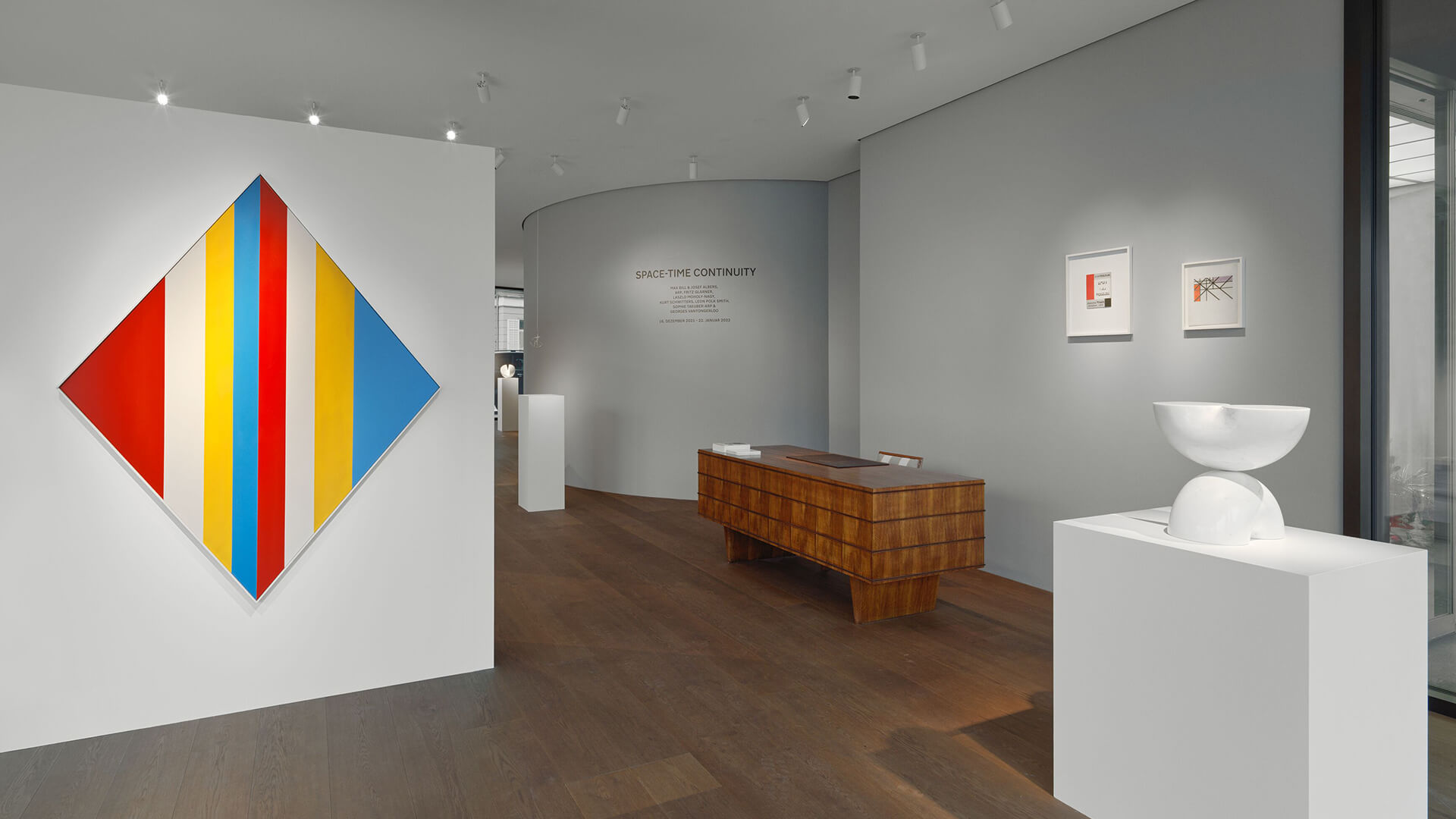
The title ‘space-time continuity’ refers to Bill’s as well as Vantongerloo’s engagement with mathematics, logic and physics, and with the crucial impact of Albert Einstein on their work, in particular Einstein’s Theory of Relativity (1915), which explored the link between space and time. Building on his teacher Hermann Minkowski’s geometric interpretation of relativity, Einstein united the three spatial dimensions and the fourth dimension of time and introduced the idea of the space-time continuum.
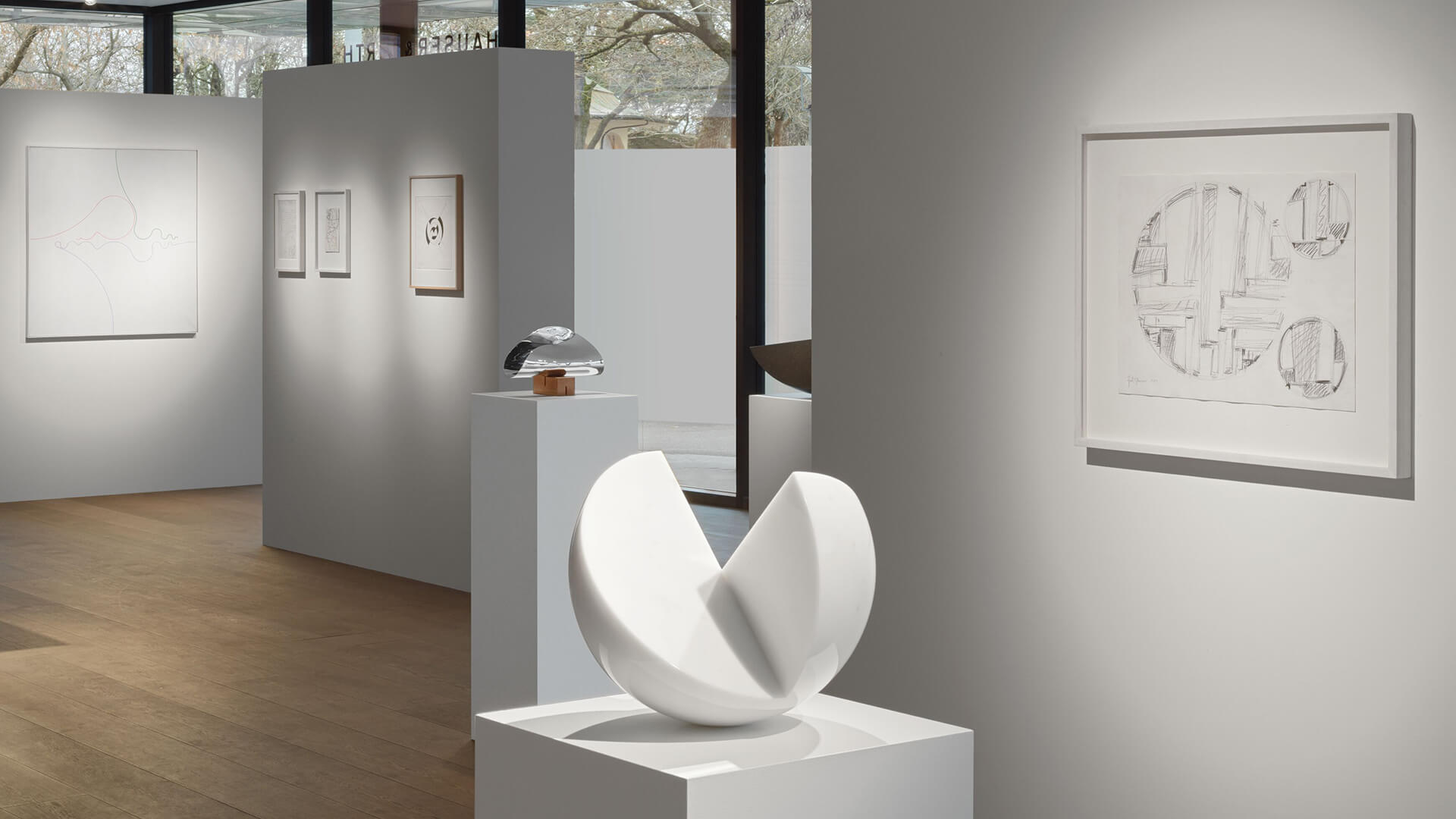
Such a continuum was expressed by Bill through his moebius-shaped sculptures of endless ribbons, and by Vantongerloo particularly in his hanging works, such as ‘Ligne circulaire et cercle à rayons variables’ (Circular line and circle with changeable radii) (1946). Both artists explore the possibilities of topological form in a variety of materials. Through these shapes Bill and Vantongerloo sought to express ideas of continuity and infinity in their work, as well as exhibiting their profound interest in a changing understanding of energy, movement, cosmology and astrophysics.
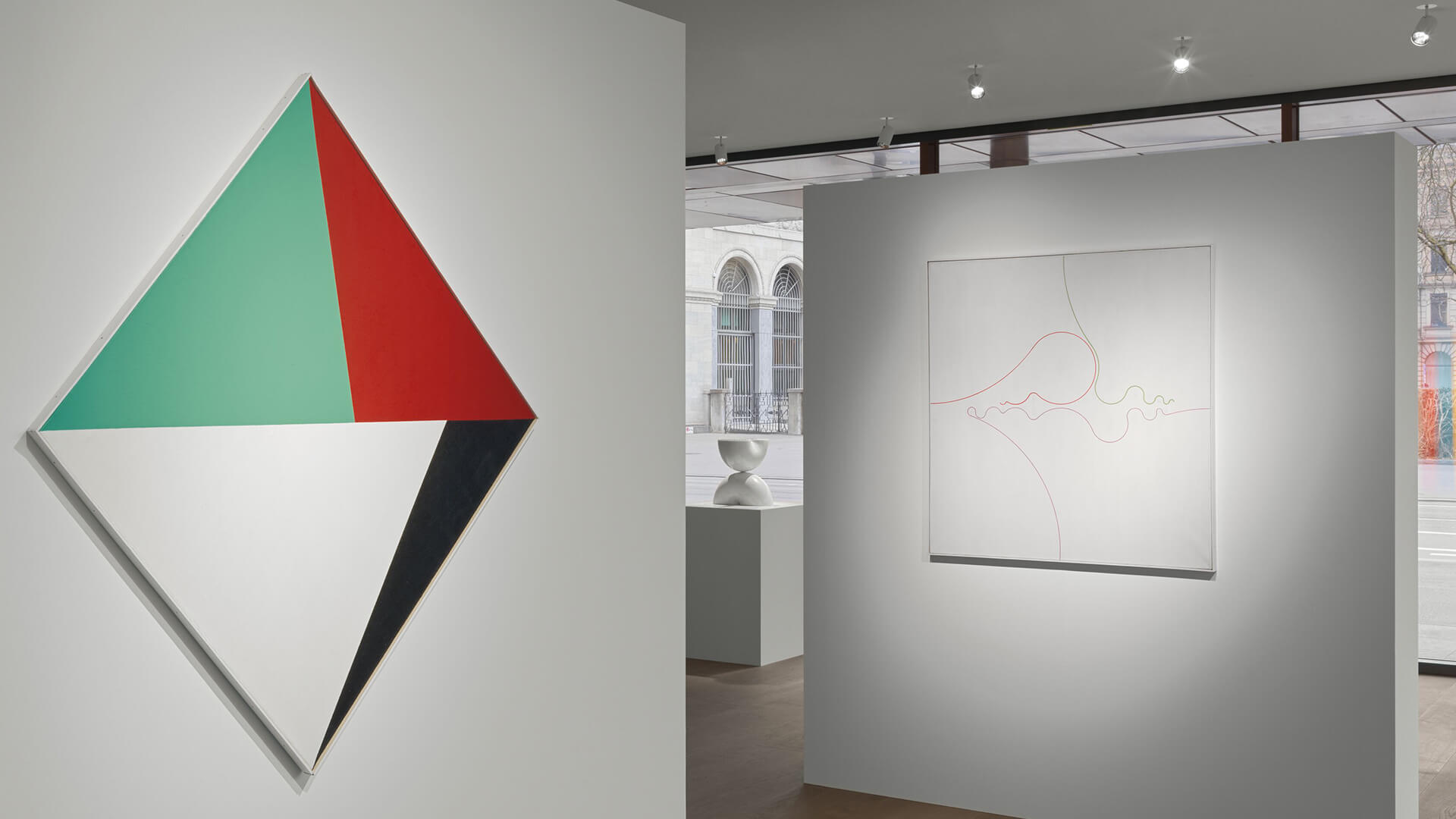
Not only did Bill create his own sculptural monument to Einstein in 1979-82, he also acquired the stone threshold from the physicist’s house in Ulm, bought from the builders demolishing the building, and installed it in the garden of his self-designed Zumikon house. Such gestures indicate the perpetual interest of the artist in themes shared between art, mathematics and science. The artists included in this exhibition also testify to another kind of continuity: that of the individual dialogues, aesthetic relationships and of Concrete art through the decades.
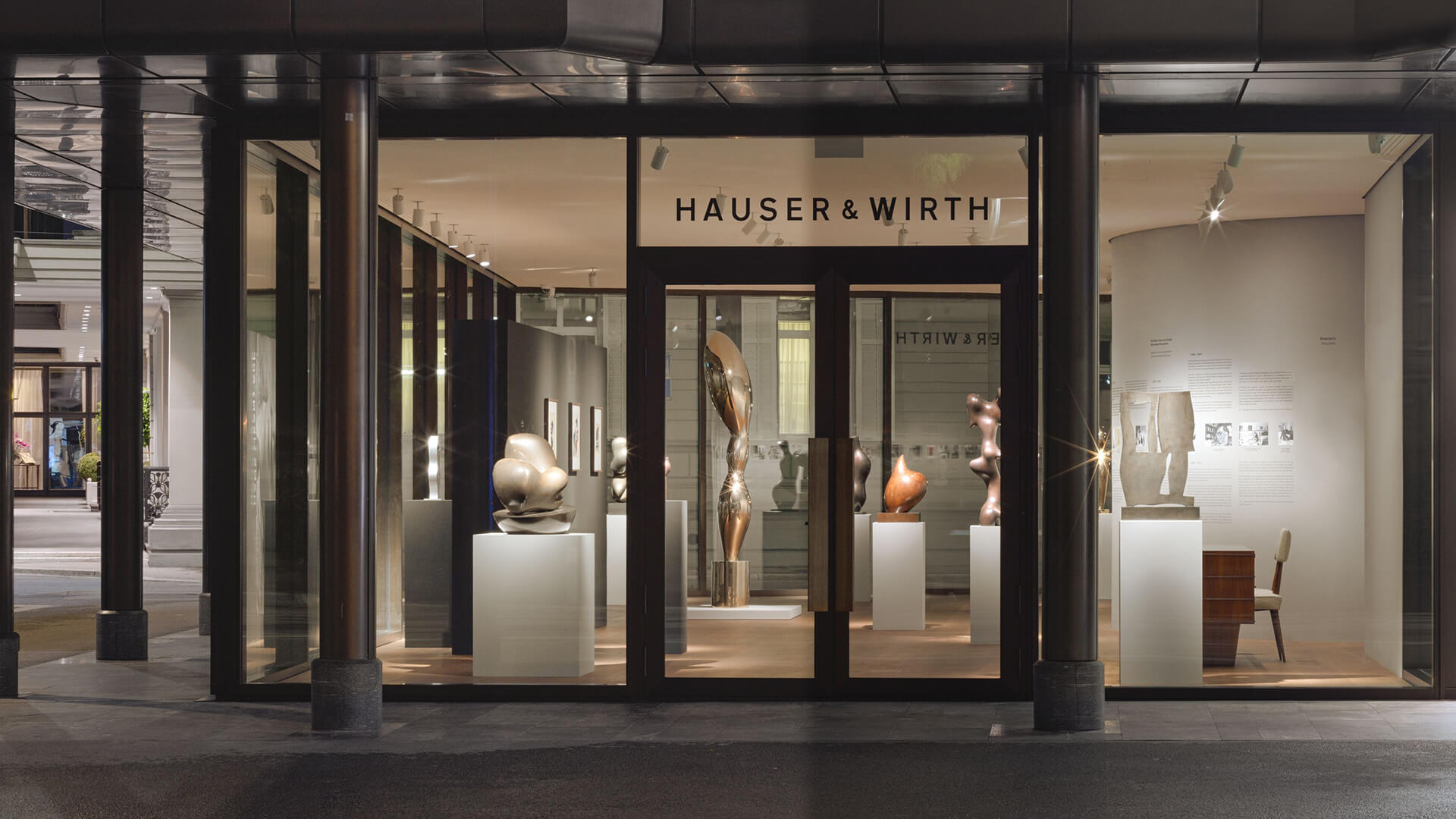
On view in Zurich, Bahnhofstrasse 1
‘space-time continuity’ is on view now through 22 January 2022 at Hauser & Wirth Zurich, Bahnhofstrasse 1. Please visit our location page to learn more.
About the Artists

Sophie Taeuber-Arp
Sophie Taeuber-Arp (1889 – 1943) is one of the most important artists of the twentieth-century avant-garde and is considered a pioneer of Constructivist art. Reconciling extremes with confidence—Dada and Geometric Abstraction, fine art and utilitarian objects—Taeuber-Arp’s works boldly engaged with the intellectual context of international modernism. Through her multi-faceted approach to media, she challenged traditional hierarchies between fine and applied art, and asserted art’s urgent relevance to daily life. Taeuber-Arp defied categorization during her brief career through her work as a painter, sculptor, architect, performer, choreographer, teacher, writer, and designer of textiles, stage sets and interiors.
Born in Davos, Switzerland, Sophie Taeuber-Arp began her studies at the School of Applied Arts in St. Gallen between 1906 and 1910, studying textile design and embroidery. She later moved to the experimental workshops of Hermann Obrist and Wilhelm von Debschitz in Munich, where she learned a variety of techniques in fine and applied art and architecture, before spending a year studying weaving at the School of Arts and Crafts in Hamburg. The outbreak of World War I in 1914 forced Taeuber-Arp to return to Switzerland, where in 1915 she took lessons in Ausdruckstanz (expressive dance), with the choreographer Rudolf von Laban and the revolutionary dancer Mary Wigman. The same year, during a visit to the Galerie Tanner in Zurich, she met her future husband Hans Arp, whom she married in 1922.
Between 1916 and 1919, Taeuber-Arp was a key member in the Zurich Dada movement, performing in modern expressive dances at the Cabaret Voltaire and the Galerie Dada. From 1916–1929, Taeuber-Arp taught textile design at the Zurich School of Arts and Crafts. Her teaching methods in color theory and abstraction were informed by her own practice that deliberately favored mediums and techniques that challenged accepted hierarchies—whether that was through her pioneering use of the grid, free-flowing geometric forms or abstracted figures. In these years, Taeuber-Arp produced collages, watercolors, textile works and stage sets, marionettes and tapestries, utilizing a unique interplay between color and form which would later solidify her place as an early founder of Constructivist art.
1926 was a turning point in Taeuber-Arp’s career, when she was commissioned to design the interior of the Aubette, a cultural center, in Strasbourg—a project she asked Hans Arp and Theo van Doesburg to collaborate with her on. Once completed in 1928, van Doesburg devoted an issue of his journal De Stijl to their groundbreaking design of a public environment that inextricably melded art with daily life.
The Aubette commission gave Taeuber-Arp and her husband economic freedom that allowed them to move to Meudon, near Paris, where she conceived and designed their house and studio and some of its furniture. This marked the beginning of the most productive period in Taeuber-Arp’s life. She joined various artistic collectives from Cercle et Carré to Abstraction-Création and the Swiss group Allianz alongside fellow artists such as Georges Vantongerloo, Piet Mondrian and Max Bill, and founded and edited the radical art magazine Plastique. Arp’s and Taeuber-Arp’s house in Meudon became a meeting place for artists, writers and other intellectuals. Their circle of friends included the artists Sonia and Robert Delaunay, Wassily Kandinsky, Joan Miró, and Marcel Duchamp. Between 1929 and 1943, Taeuber-Arp exhibited in 40 exhibitions across the globe.
Taeuber-Arp and her husband fled to Southern France when the Nazis invaded Paris, before crossing over to Zurich in late 1942. The following year she died tragically and prematurely from accidental carbon monoxide poisoning.
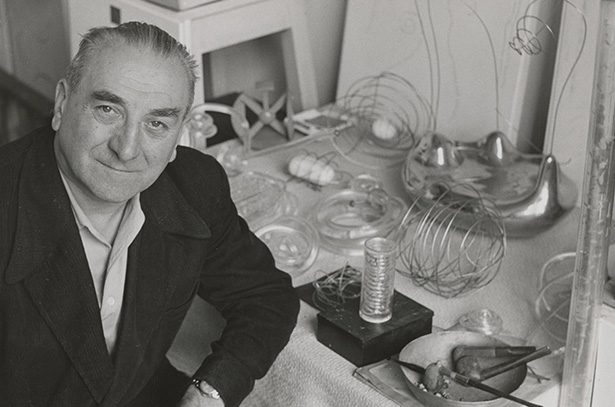
Georges Vantongerloo
Georges Vantongerloo, born in Antwerp, Belgium, was a sculptor, painter, architect, designer and theorist, and a member of De Stijl. While living in Holland and working on architectural designs during the years of World War I, Vantongerloo became part of the circle of Piet Mondrian, Bart van der Leck, and Theo van Doesburg, who founded the magazine ‘De Stijl’ in 1917. In 1924 Vantongerloo published his pamphlet ‘L’Art et son avenir’ and in 1931 joined the Abstraction-Création group, which counted among its members Piet Mondrian, Barbara Hepworth, Robert and Sonia Delaunay, Hans Arp and Sophie Taeuber-Arp, Wassily Kandinsky, Josef Alberts, László Moholy-Nagy and Max Bill. From the end of the 1930s onward, Vantongerloo distanced himself from the straight line in favour of the curved line, producing influential work characterized by greater lyrical compositions and plays of transparency, color, and light.
Georges Vantongerloo was born in Antwerp, Belgium in 1886. A member of the association Abstraction-Création, he studied at the Académie Royale des Beaux-Arts and Brussels until the first World War. One of the 900,000 refugees who fled Belgium in 1914, Vantongerloo produced early figurative paintings and sculptures in Holland, but faced personal and political turmoil during these early years. This turbulent period of Vantongerloo’s life in exile would leave a lasting impression on his life and work.
In 1918, Vantongerloo became a co-signor of the De Stijl manifesto and a contributor to the movement’s publication De Stijl, along with a principal group of artists including Theo van Doesburg, Piet Mondrian, and Vilmos Huszár. In the following years, Vantongerloo would come to define his practice through the use of mathematical equations, science, and ethics. He theorized an equation, ‘volume + void = space,’ and began experimenting with abstract linear and geometric works which gave form to his series of works Construction in a Sphere. As his practice developed through the 1920s, Vantongerloo became more invested in scientific-like methods and research; he gave mathematical titles to his works, employed Cartesian analytical geometry, and used parabolic and hyperbolic functions to invent complex shapes and forms, realized in a multifaceted oeuvre of paintings, sculptures, and architectural designs.
After moving to Paris from Menton, France, Vantongerloo joined Abstraction-Création in 1931; he served as vice-president of the artists’ association until 1937, organizing frequent exhibitions and producing annual booklets with contributions from an international group of artists. His models of bridges and a proposed airport were exhibited at the Musée des Arts Décoratifs in Paris in 1930. In 1936 he participated in the exhibition Cubism and Abstract Art at the Museum of Modern Art in New York. His first solo show was held at the Galerie de Berri in Paris in 1943, in an act of resistance to Nazi occupation.
The Max Bill Georges Vantongerloo Stiftung was established by Bill’s widow, the independent curator and scholar Dr. Angela Thomas Schmid, to represent the part of these two artists’ estates entrusted to her care. Despite maintaining entirely distinct artistic practices, artists Max Bill and Georges Vantongerloo were bound together in their desire to forge new developments in the field of twentieth-century abstraction, and by their lifelong friendship. Their close relationship and an extended personal written correspondence—which unfolded over the course of more than three decades—united their independent artistic and intellectual endeavours, and helped each to push the boundaries of his work to the fullest. The progress of this extraordinary creative exchange mirrors the artistic and philosophical breakthroughs that defined the last century.

Max Bill
Max Bill was a great Swiss polymath: an artist, architect, industrial designer, graphic designer, and teacher. He attended the Bauhaus where he was taught by Josef Albers, László Moholy-Nagy, Paul Klee, Wassily Kandinsky and Oskar Schlemmer. Bill remained closely associated with the Bauhaus school and was a key figure in developing and propagating its principles, especially through his professorship at the Kunstgewerbeschule Zürich and as a founder of the Ulm School of Design. Through his pursuit of a new visual language that could be understood by the senses alone, Bill defined the conventions of Swiss design for decades to come. His influence spread even as far as South America, where he was a catalyst for the Concrete Art movement.
Bill was born in Winterthur, Switzerland in 1908. Originally studying as a silversmith’s apprentice, he became fascinated with modern architecture upon encountering Le Corbusier’s L’Esprit Nouveau at the Paris Exposition des Arts Décoratifs in 1925. After finding Bauhaus materials in a bookshop in Zurich, Bill applied and was accepted to the Bauhaus school in Dessau, studying under the guidance of such teachers as Wassily Kandinsky and Paul Klee from 1927 to 1928. The tenets of the Bauhaus, including a modern, scientific approach to colour and Constructivist form, would inform his interdisciplinary work in art, architecture, and design for the rest of Bill’s life.
After leaving the Bauhaus, Bill moved to Zurich and began experimenting with and expanding the margins of Constructivism. He would eventually popularize the term Concrete Art (first coined by Theo van Doesburg) to further define his fascination with mathematical and geometric foundations utilized in the creation of objects—whether sculptures, paintings, or functional objects—that he considered the physical manifestations of rationalism. Bill never disregarded the social implications of the work he made; against the backdrop of Nazi Germany and World War II, Bill insisted, ‘if you design something for the public, you must assume social responsibility.’ Bill was a key member in a number of artist groups, including the Allianz group in Zurich and Abstraction-Création in Paris.
Bill executed many public sculptures in Europe and his work was exhibited extensively in galleries and museums during his lifetime, including a retrospective at the Kunsthaus Zürich in 1968 – 69. His first exhibition in the United States was presented at the Staempfli Gallery in New York City in 1963; U.S. solo exhibitions were presented at the Albright-Knox Art Gallery in Buffalo and the Los Angeles County Museum of Art in 1974. In 1993, he received the Praemium Imperiale for sculpture.
Bill is credited with having been helped to inspire Brazil’s the Concrete Art movement with his 1951 retrospective at the São Paulo Museum of Modern Art.
The Max Bill Georges Vantongerloo Stiftung was established by Bill’s widow, the independent curator and scholar Dr. Angela Thomas Schmid, to represent the part of these two artists’ estates entrusted to her care. Despite maintaining entirely distinct artistic practices, artists Max Bill and Georges Vantongerloo were bound together in their desire to forge new developments in the field of twentieth-century abstraction, and by their lifelong friendship. Their close relationship and an extended personal written correspondence—which unfolded over the course of more than three decades—united their independent artistic and intellectual endeavours, and helped each to push the boundaries of his work to the fullest. The progress of this extraordinary creative exchange mirrors the artistic and philosophical breakthroughs that defined the last century.
Inquire about available works by Max Bill and others
Max Bill’s work will also be presented at Hauser & Wirth New York, 69th Street, in the exhibition ‘max bill & georges vantongerloo. crossover’, opening on 27 January 2022.
–
‘space-time continuity’ is on view now through 22 January 2022 at Hauser & Wirth Zurich, Bahnhofstrasse 1.
Current Exhibitions
1 / 12
